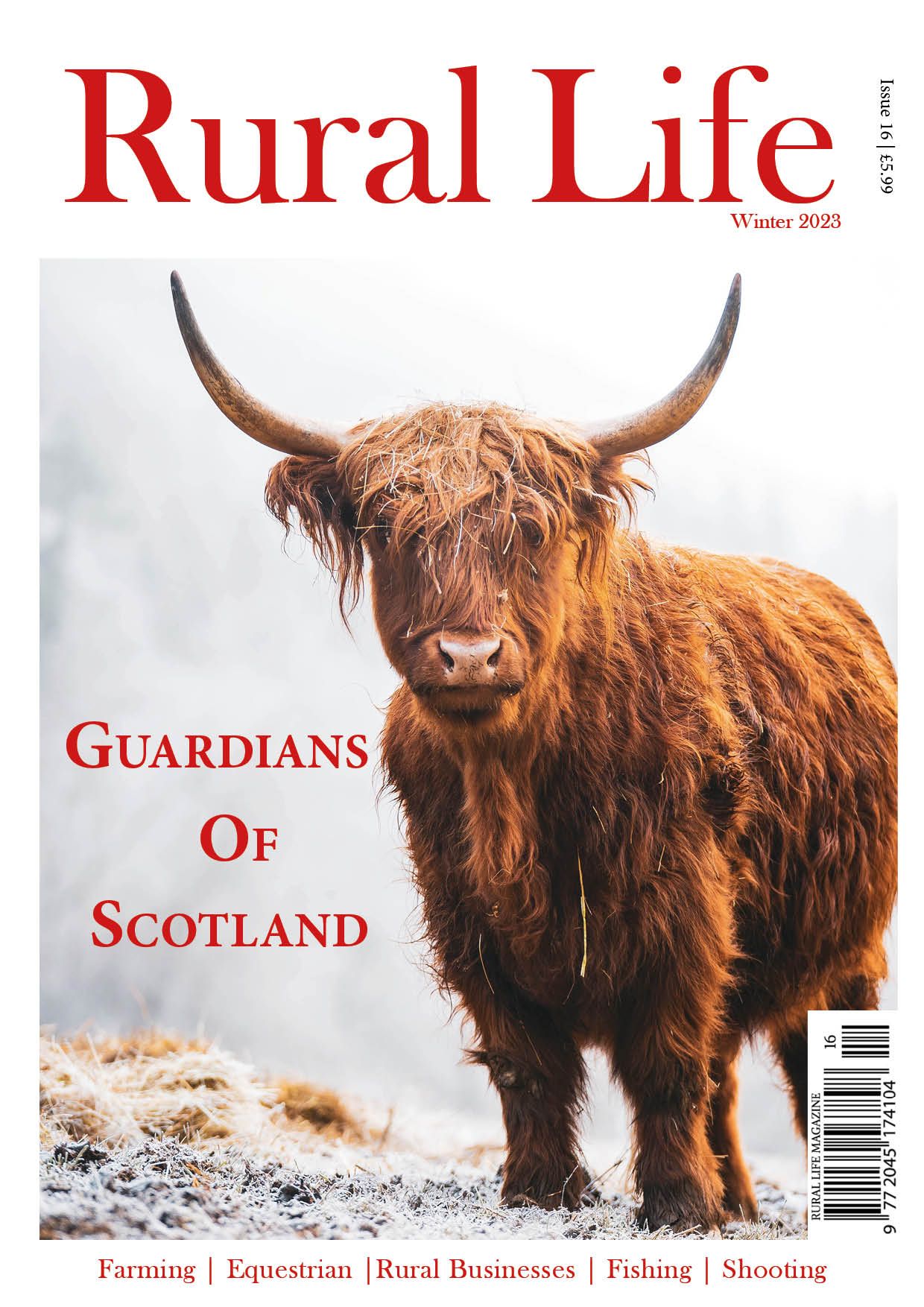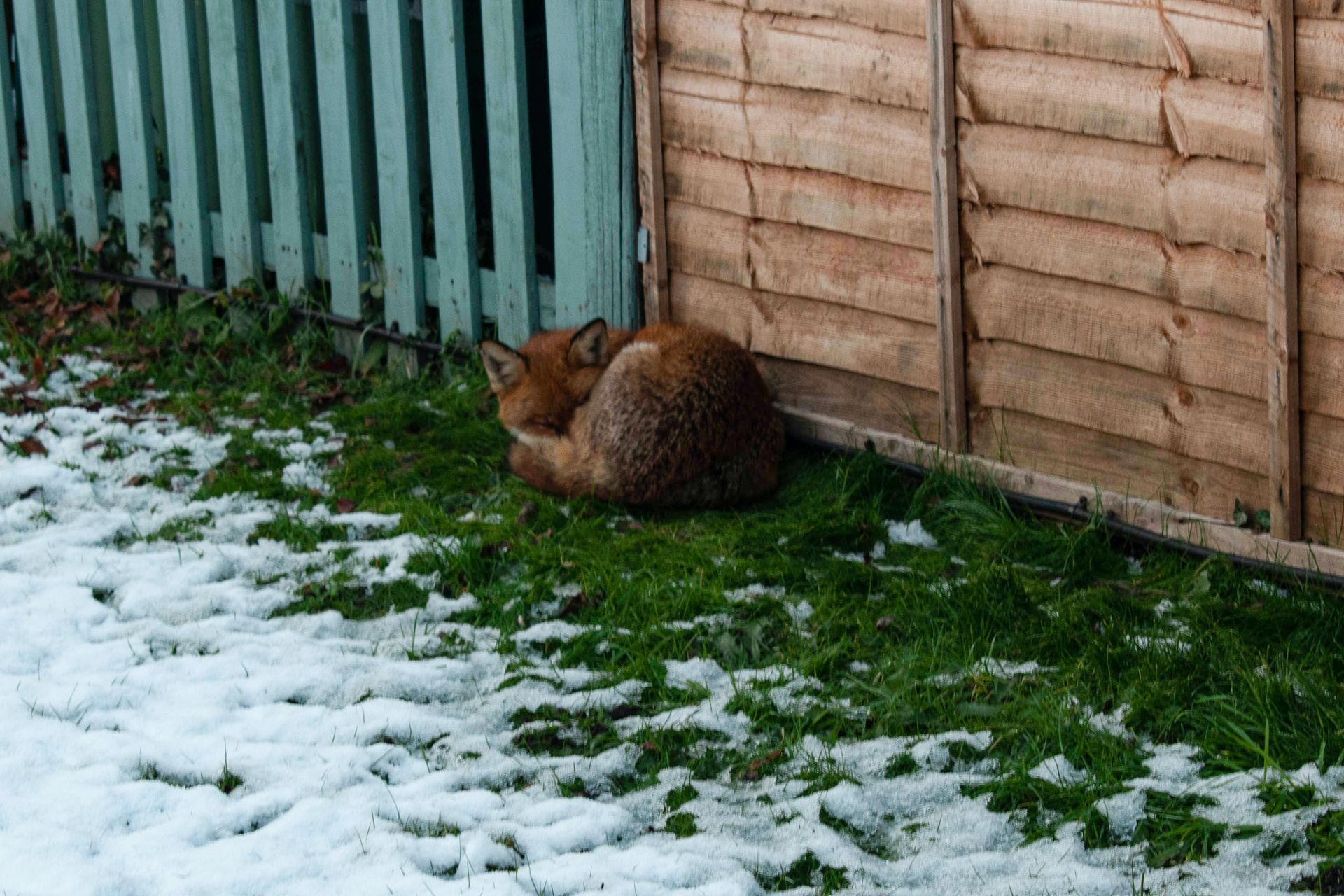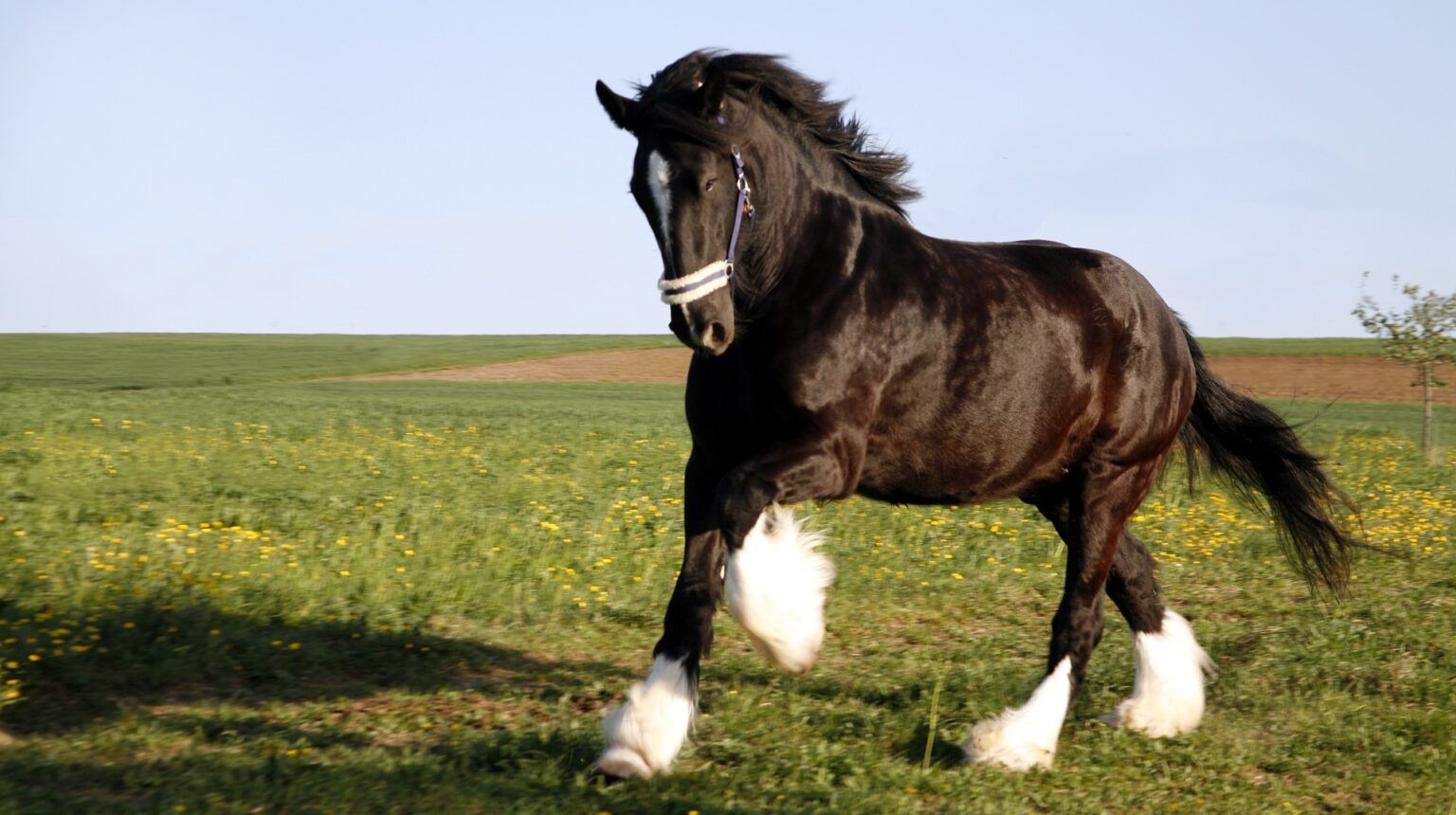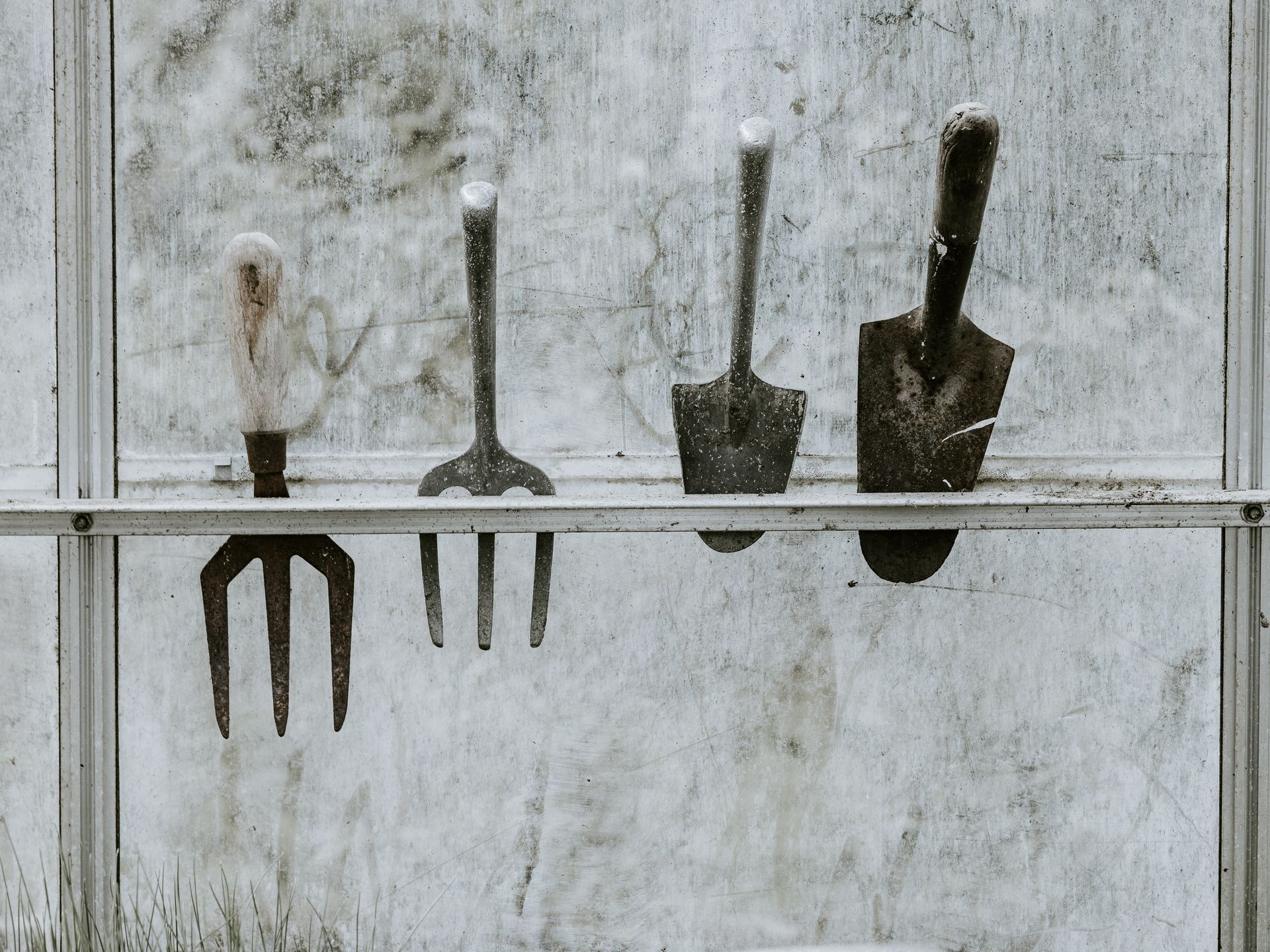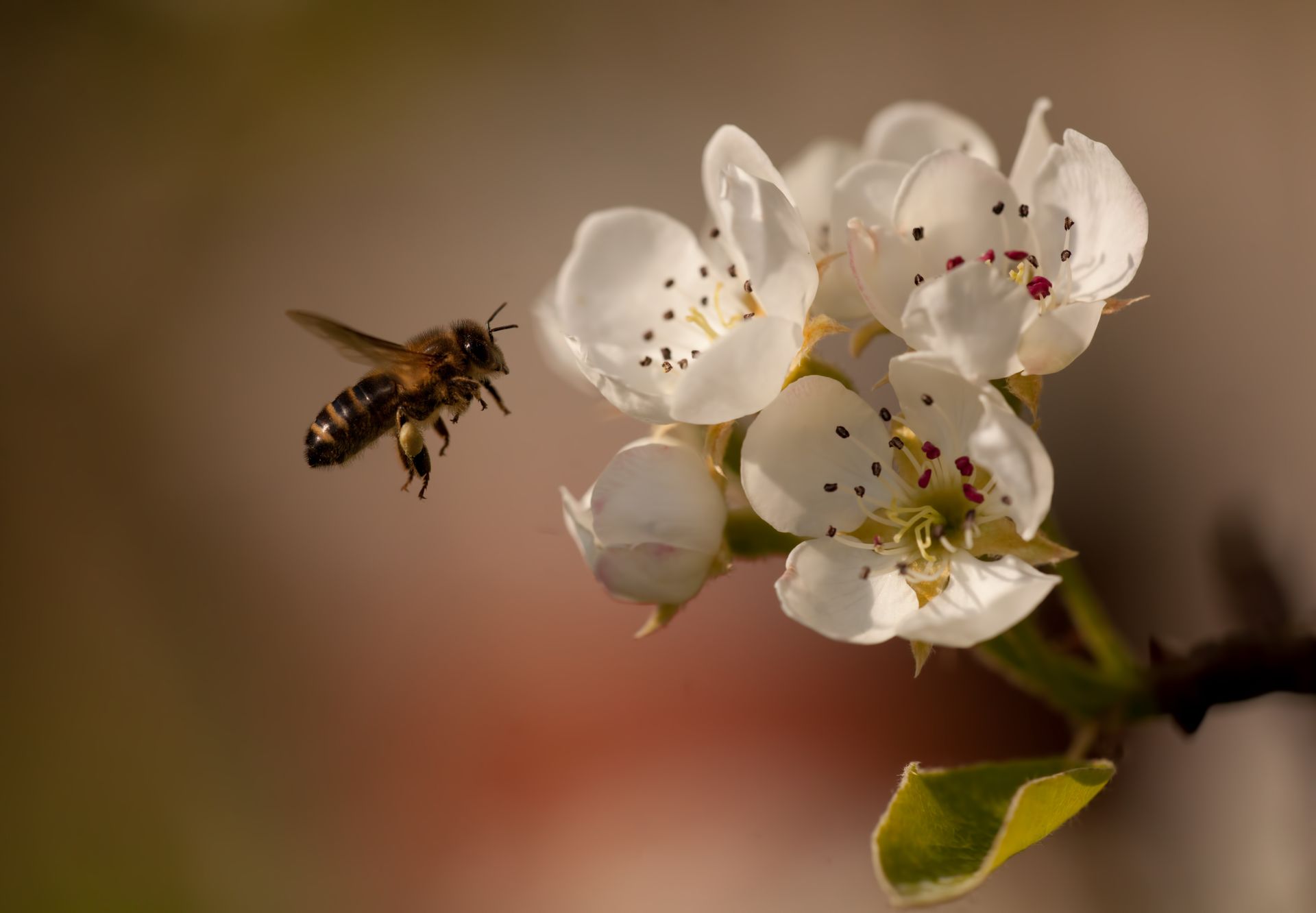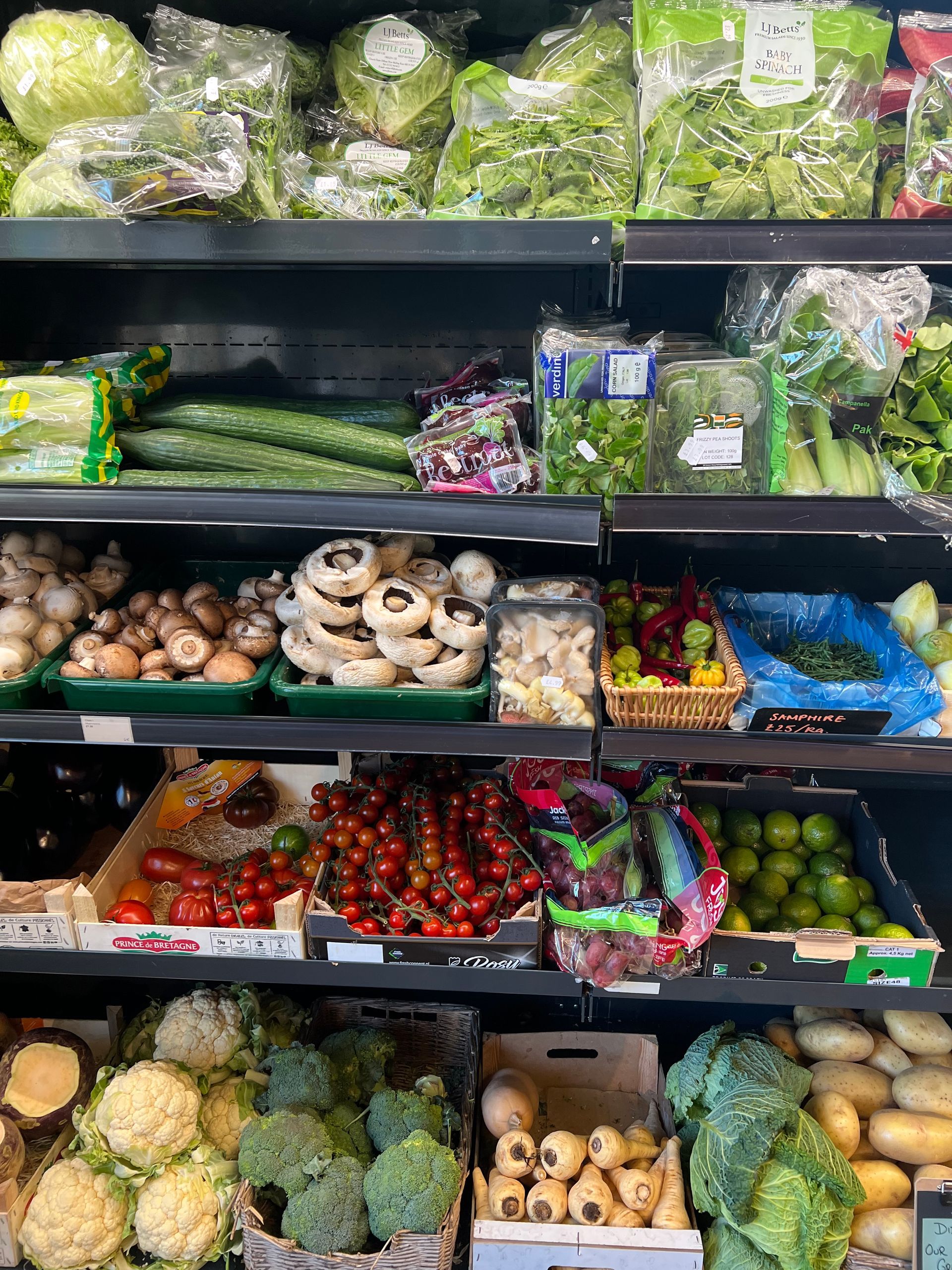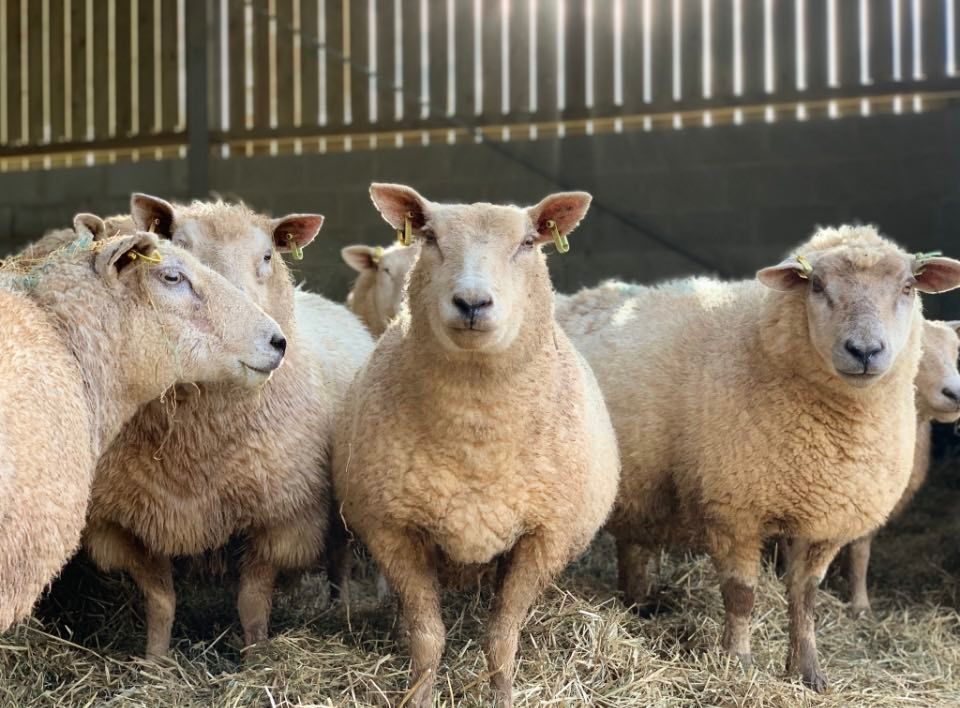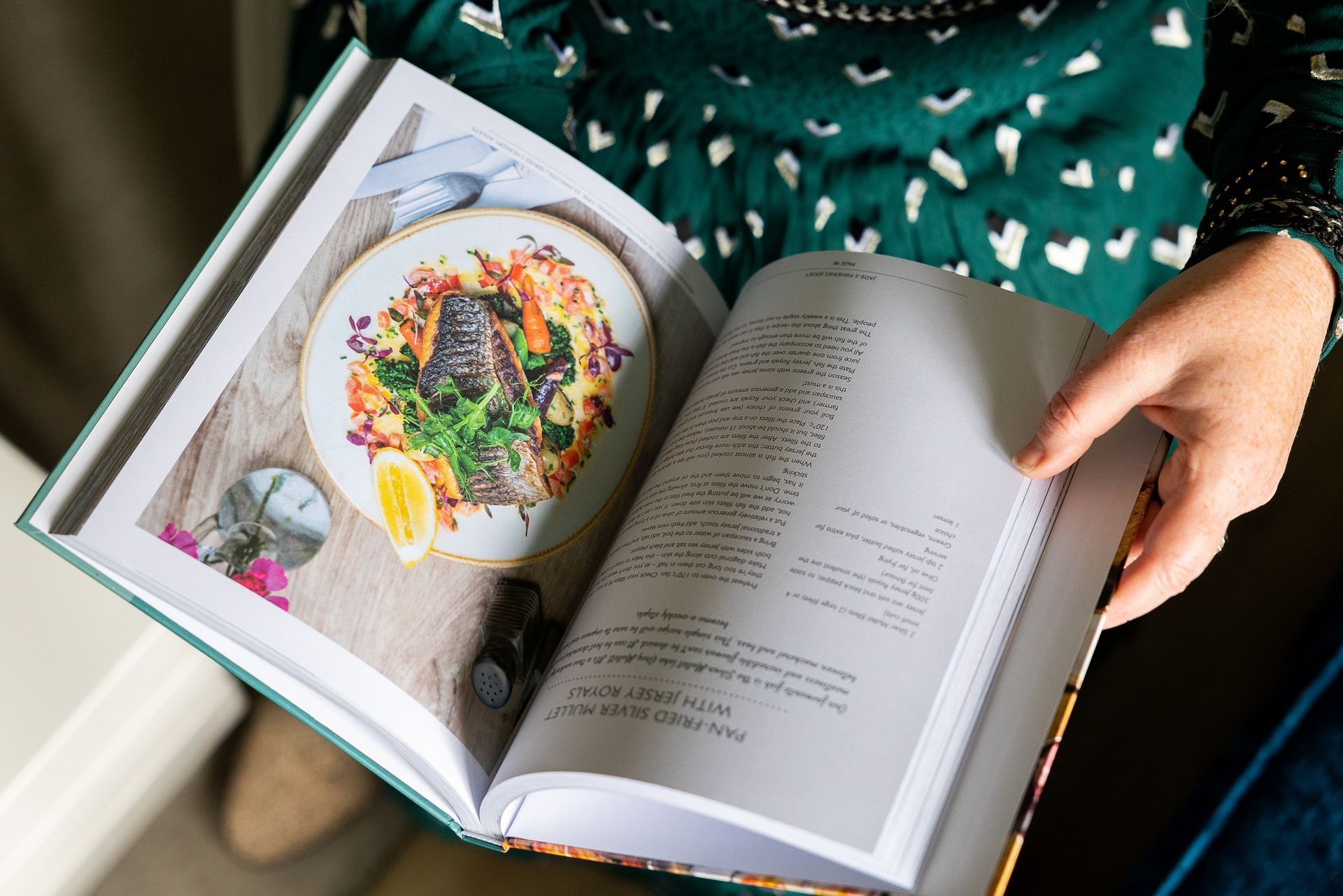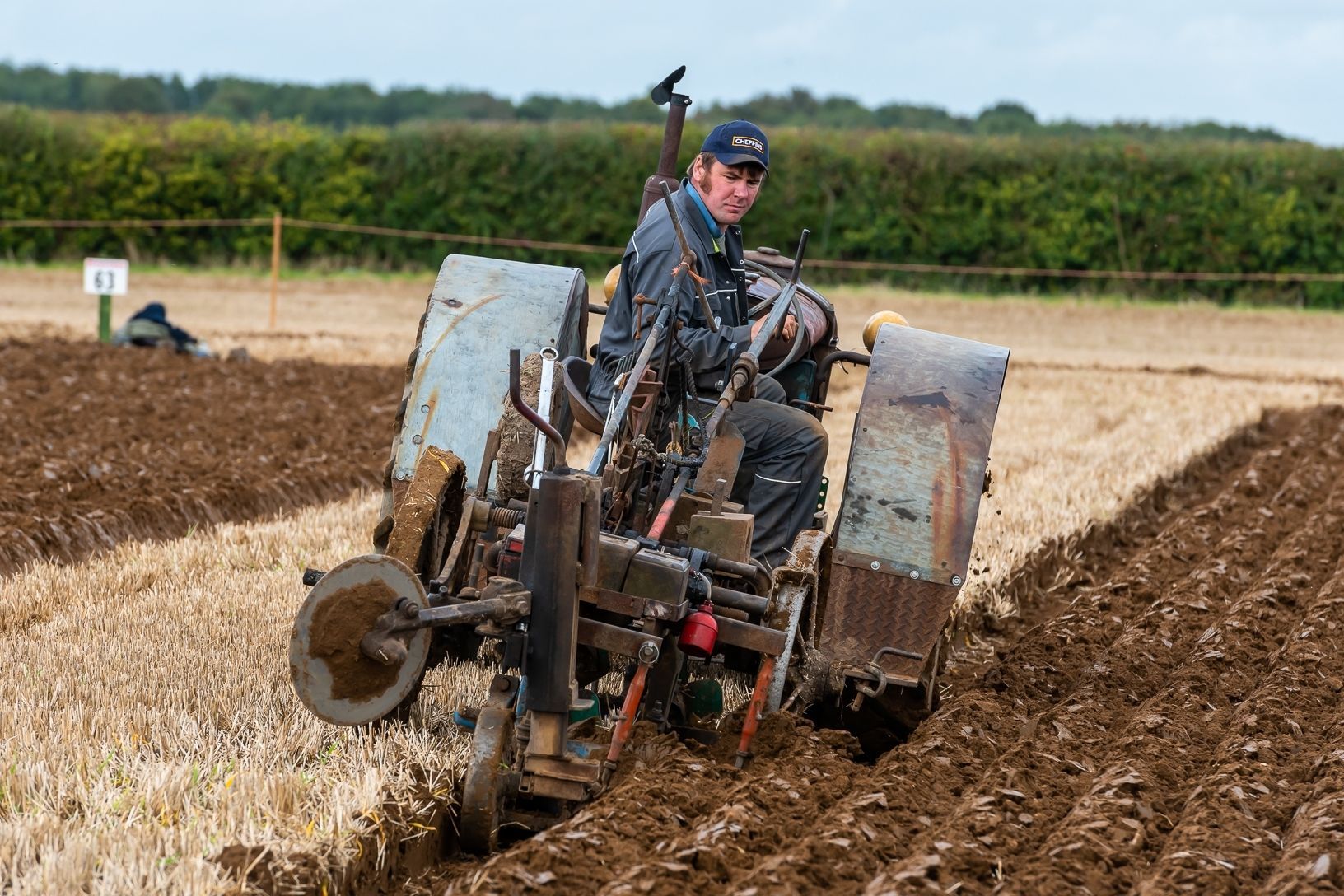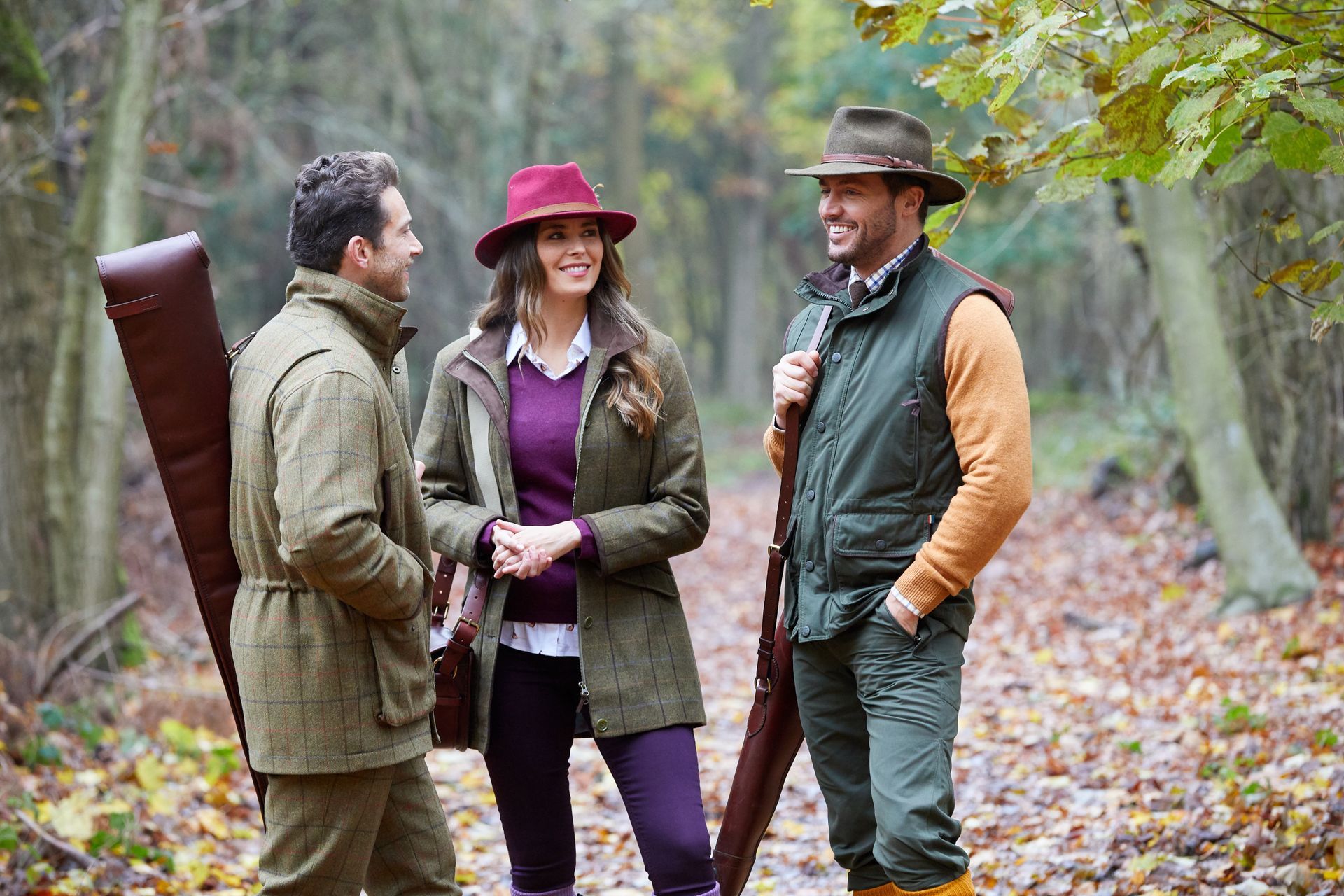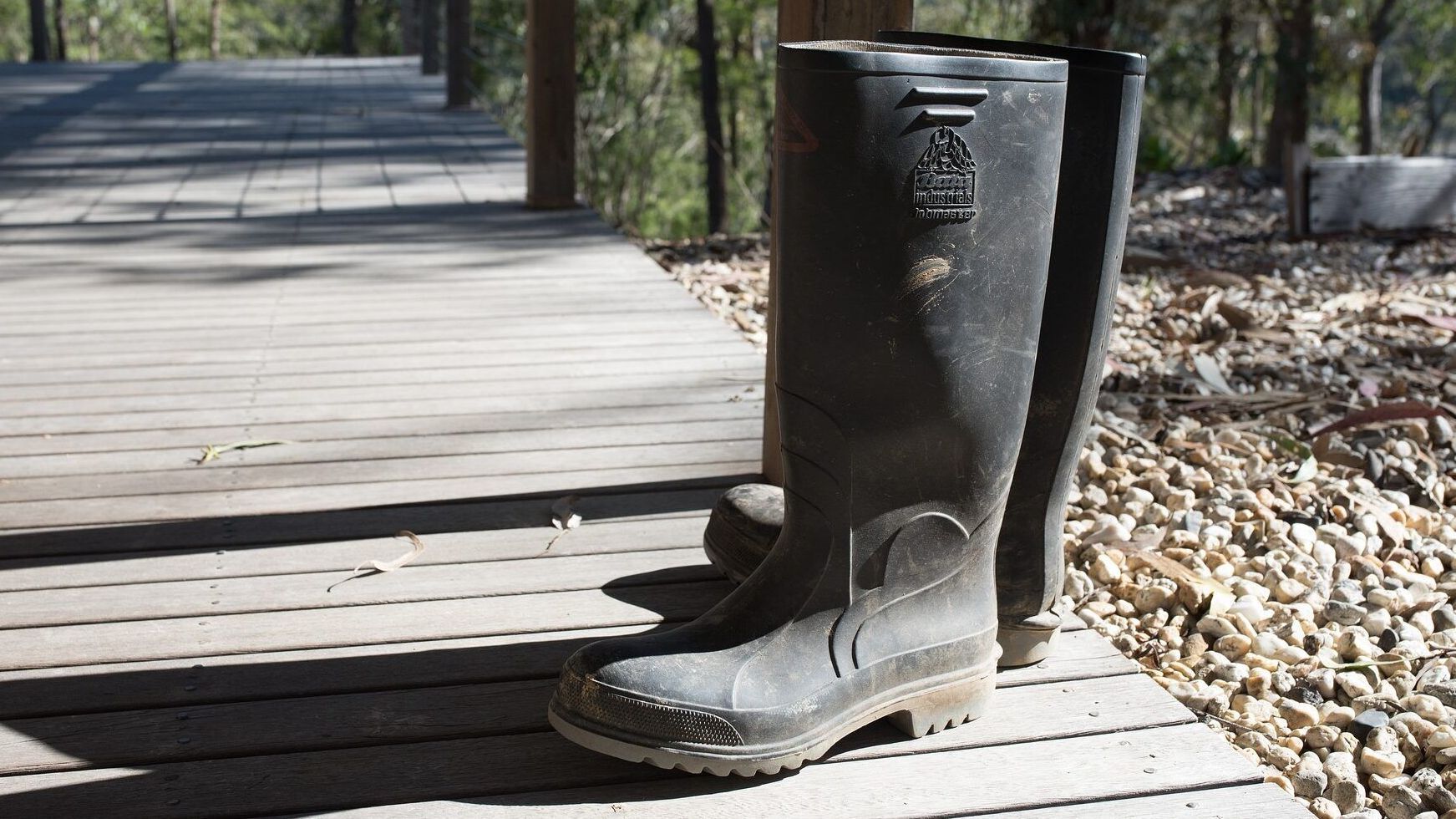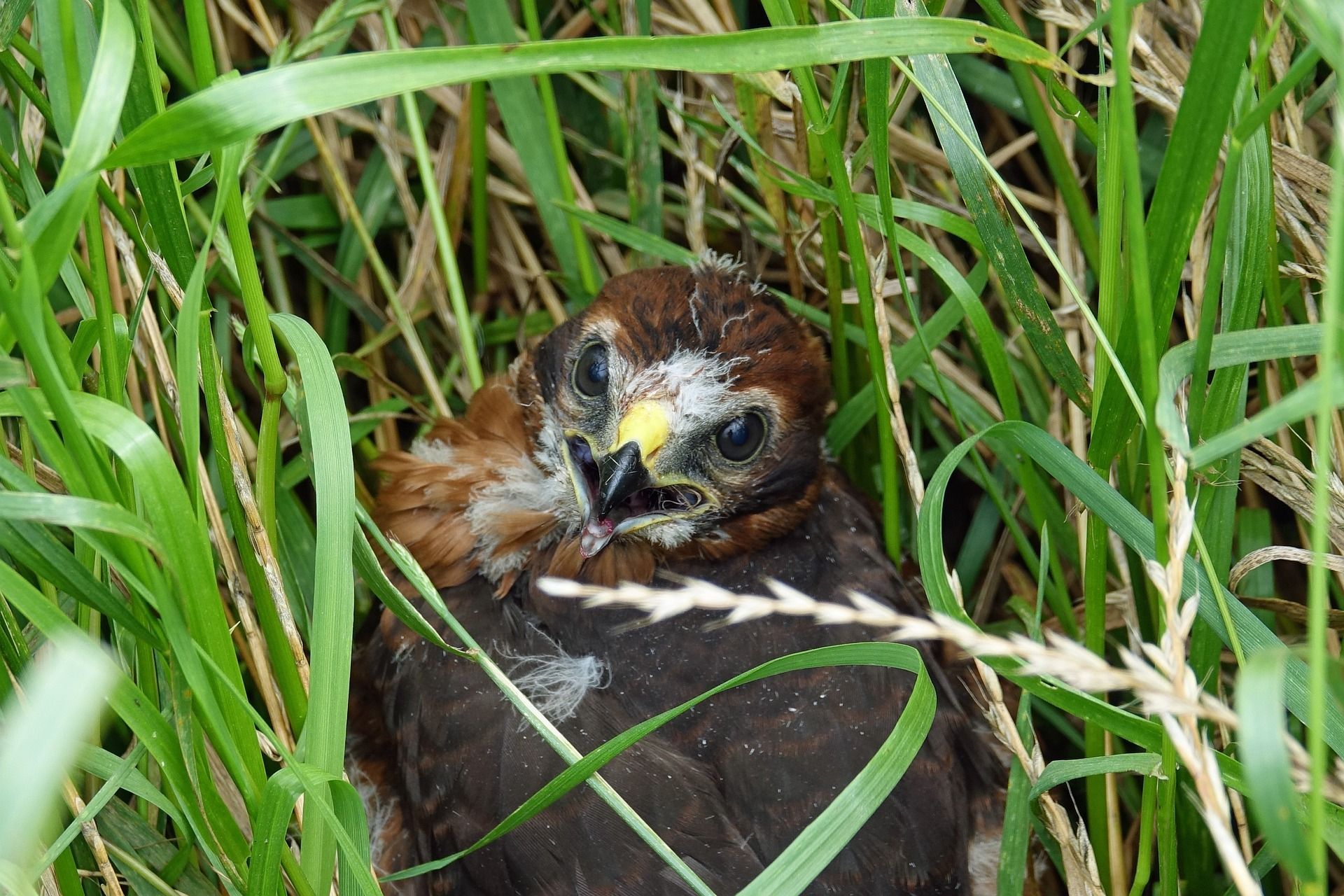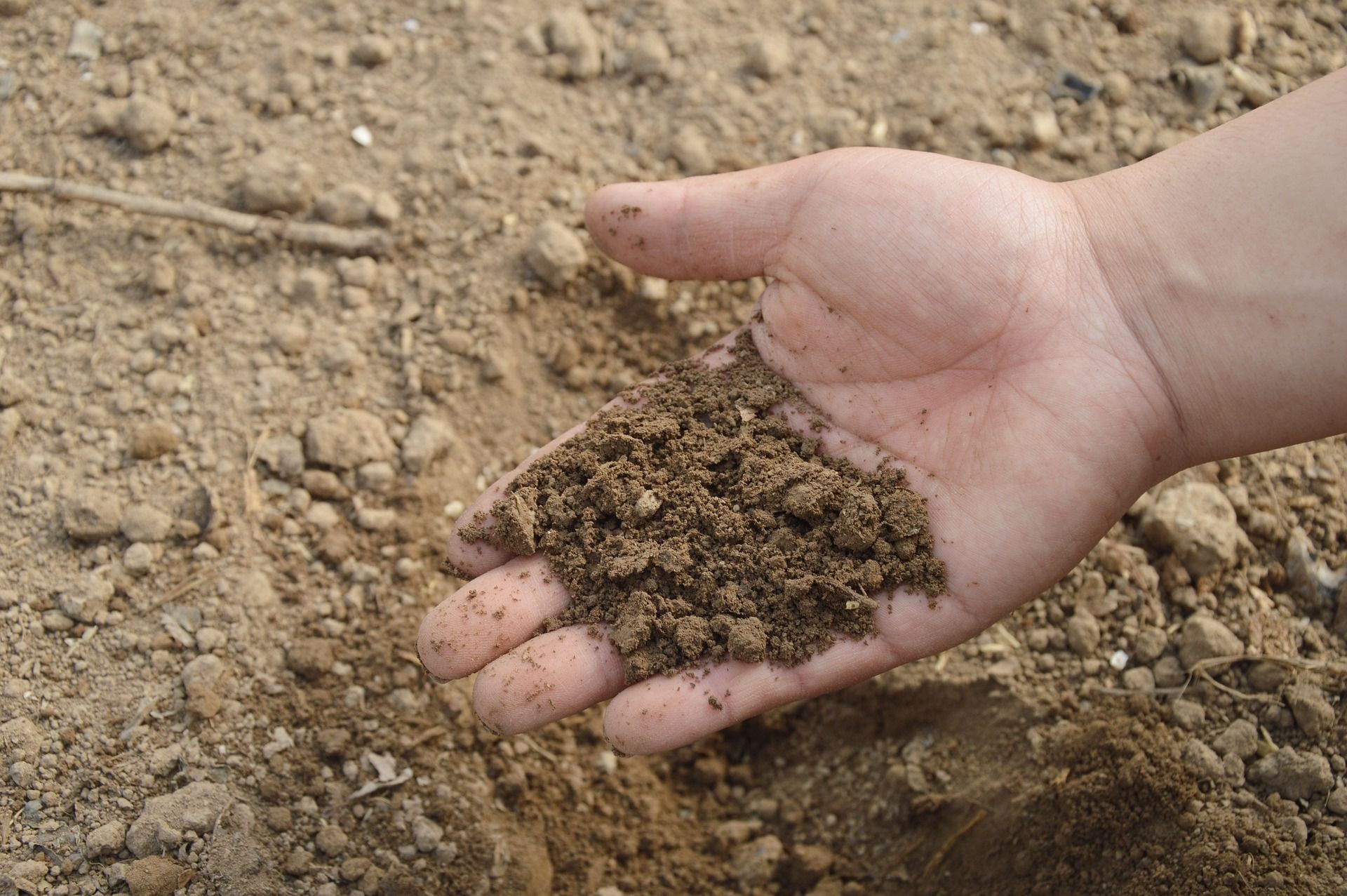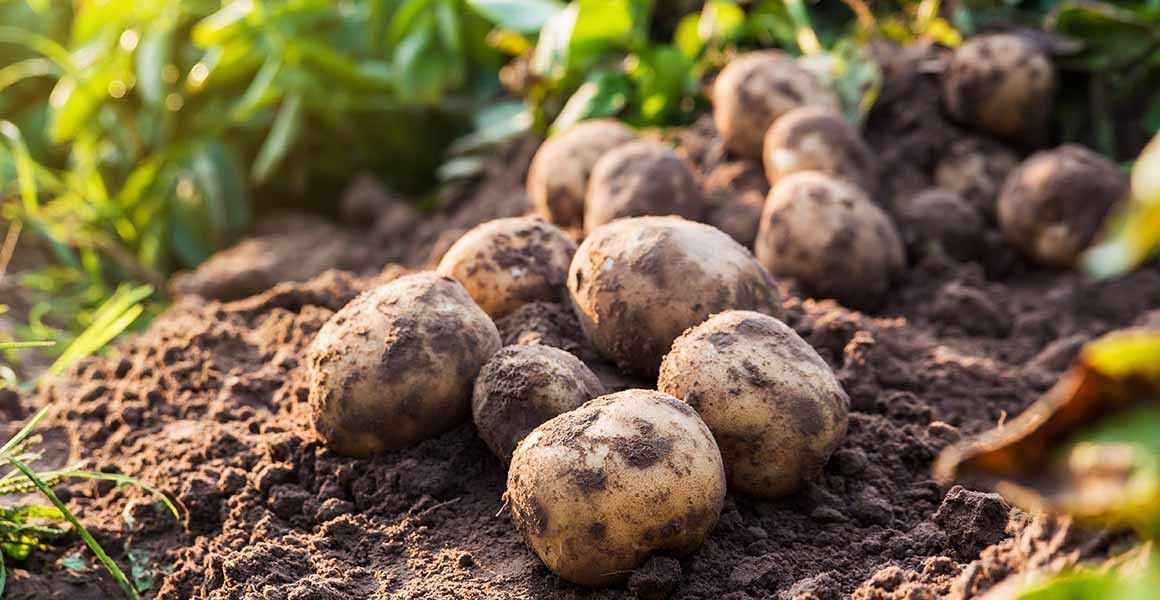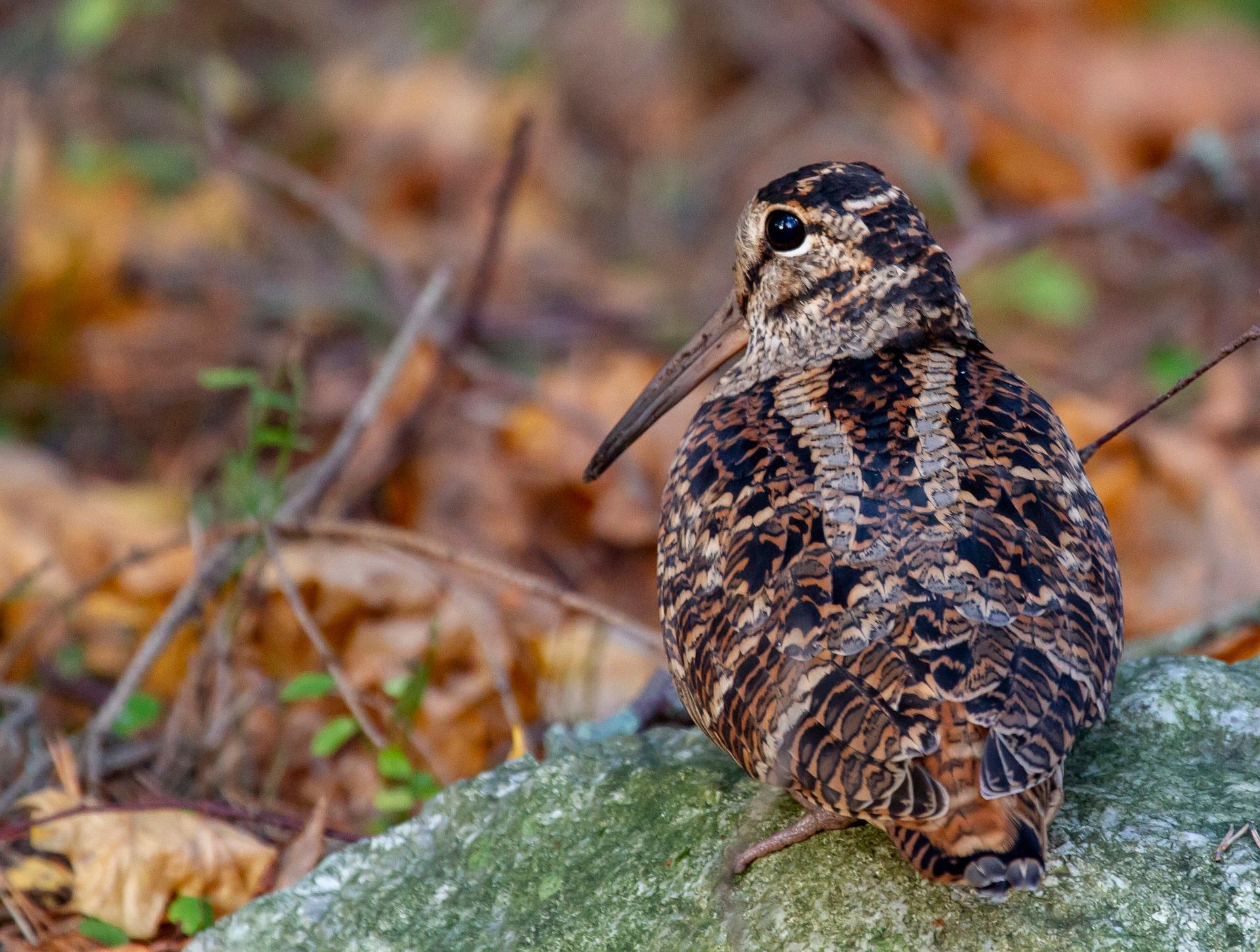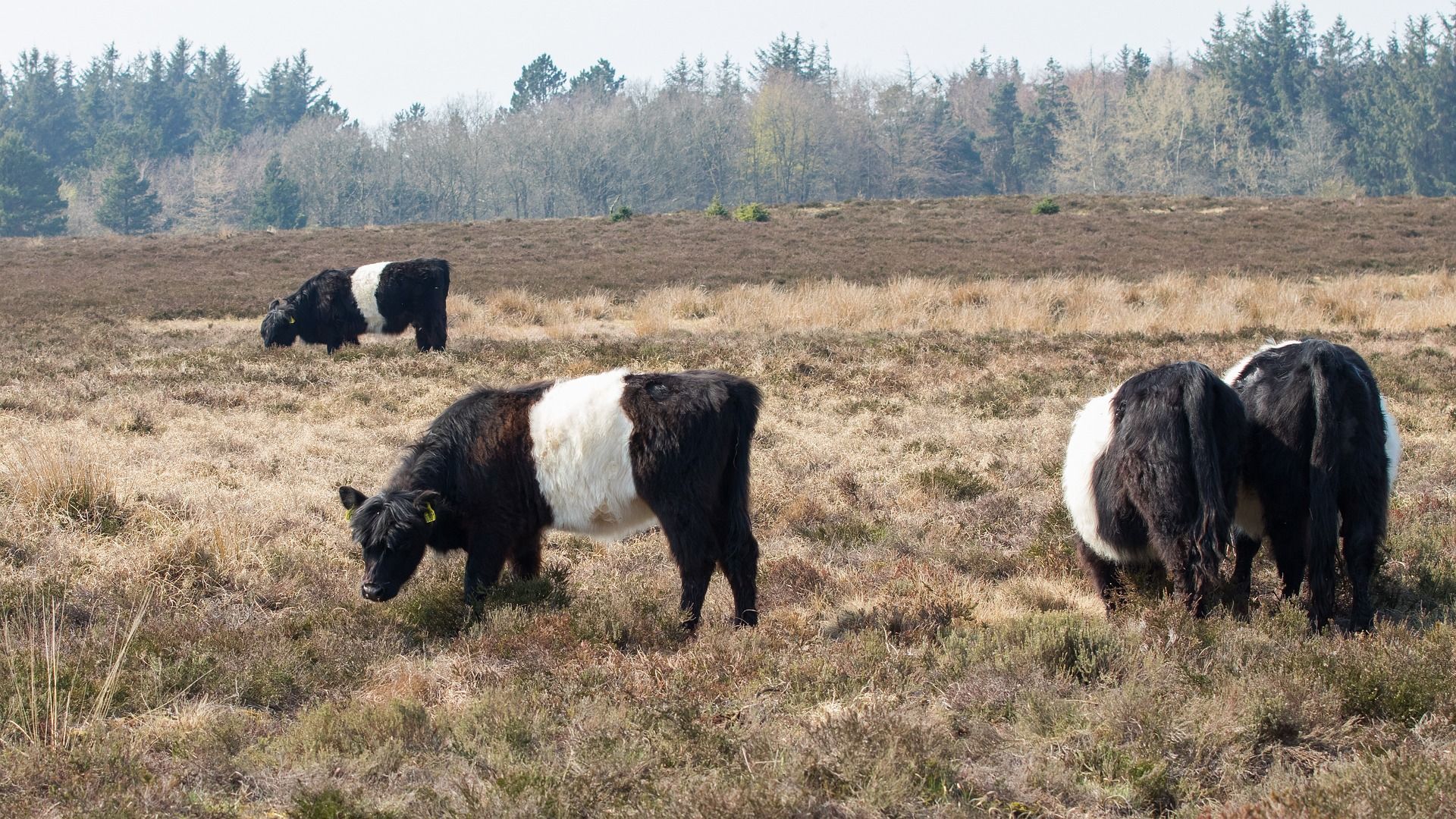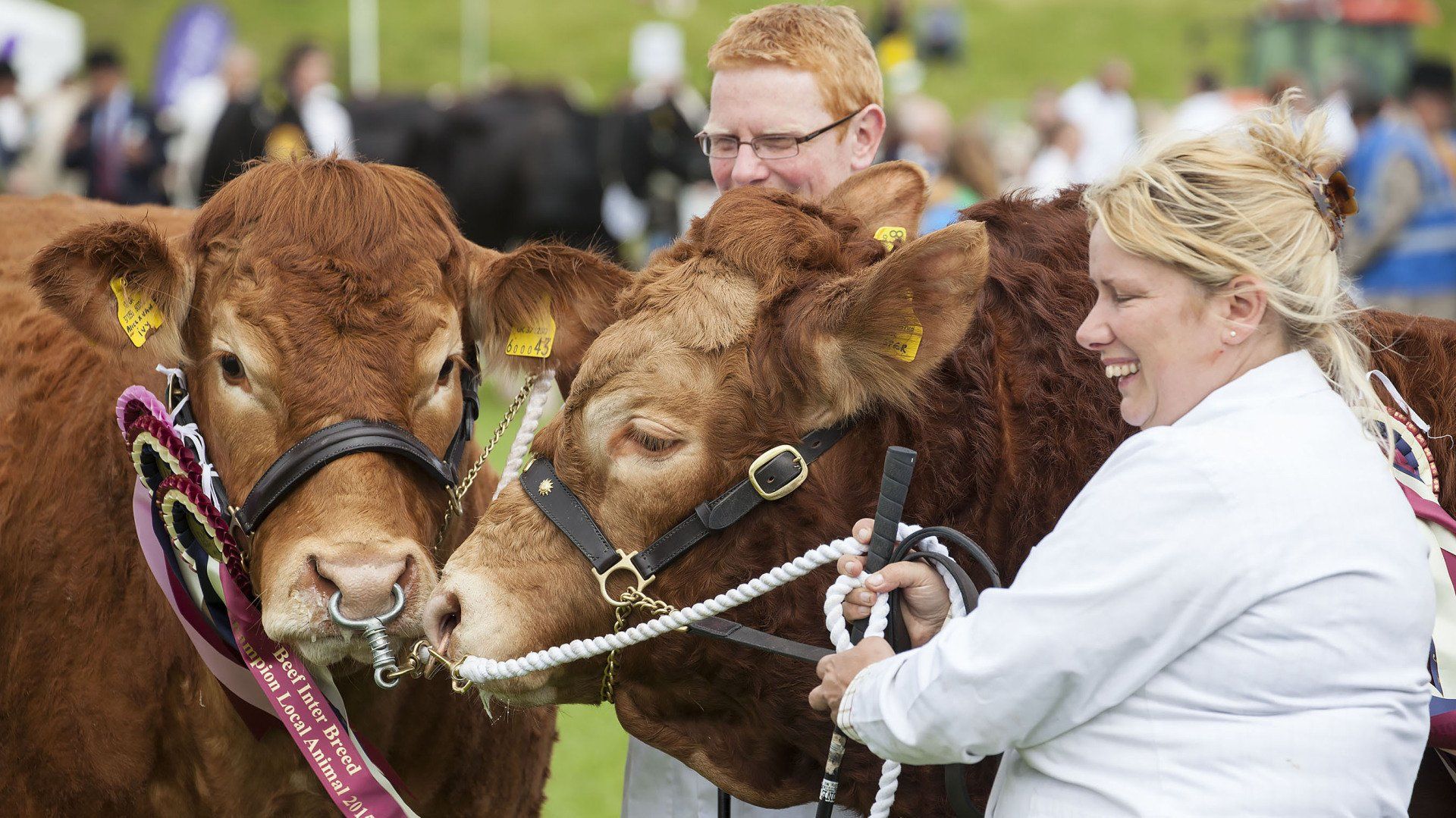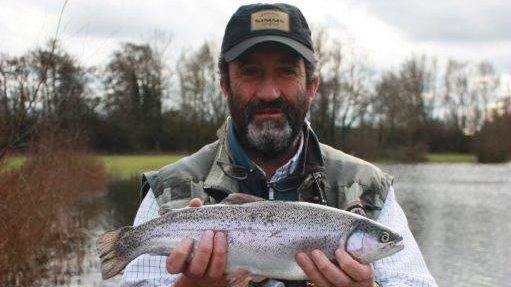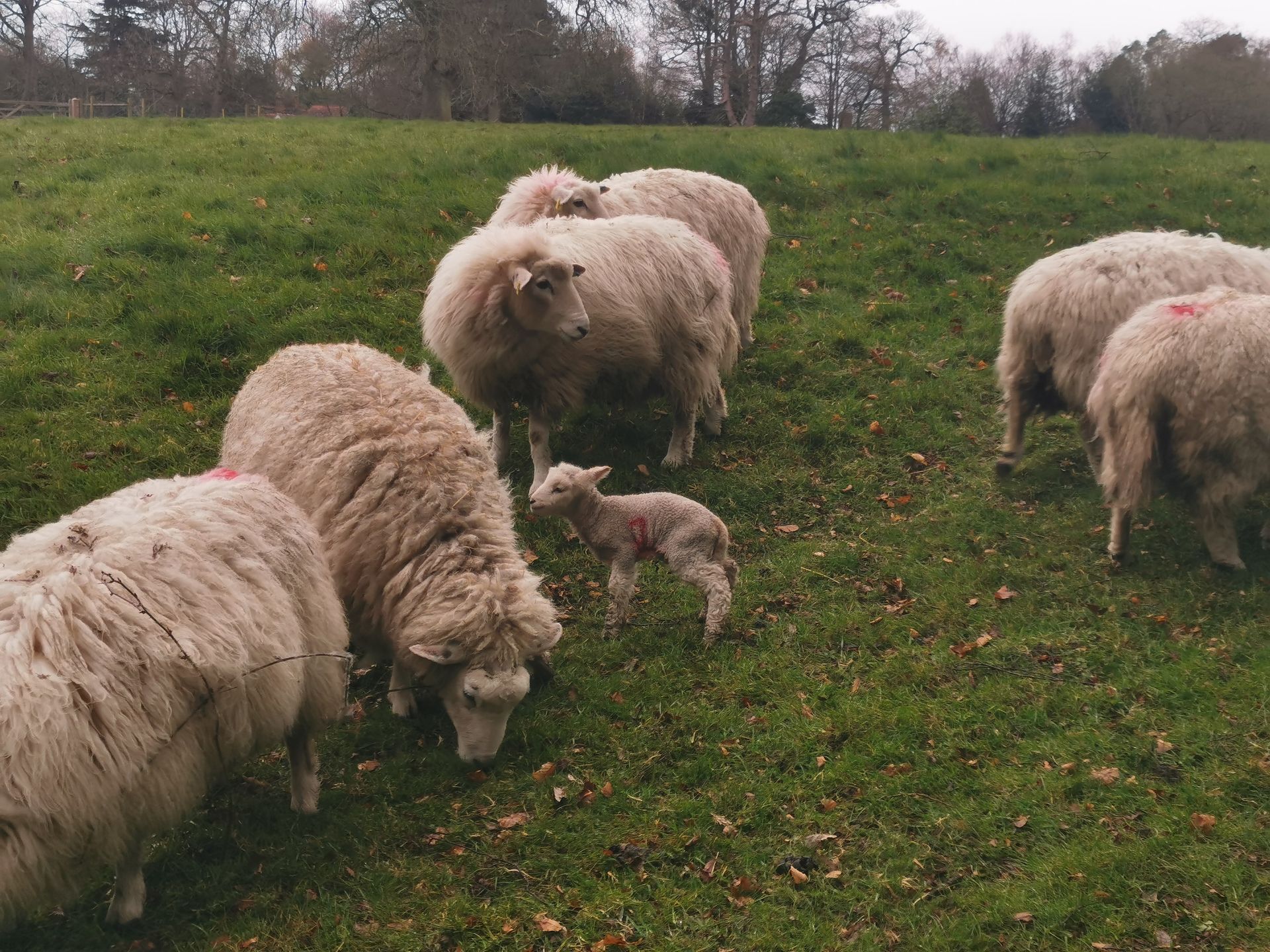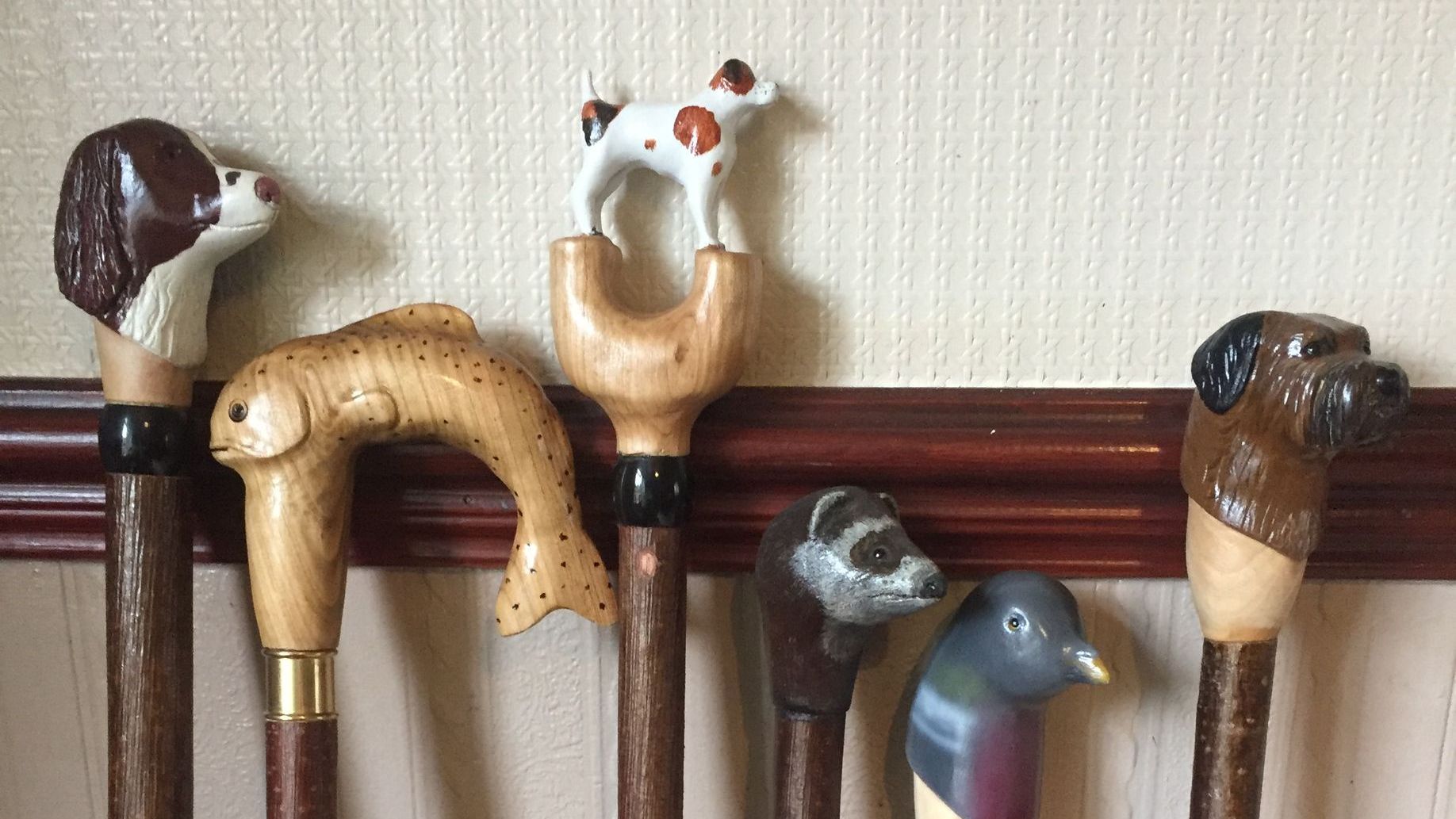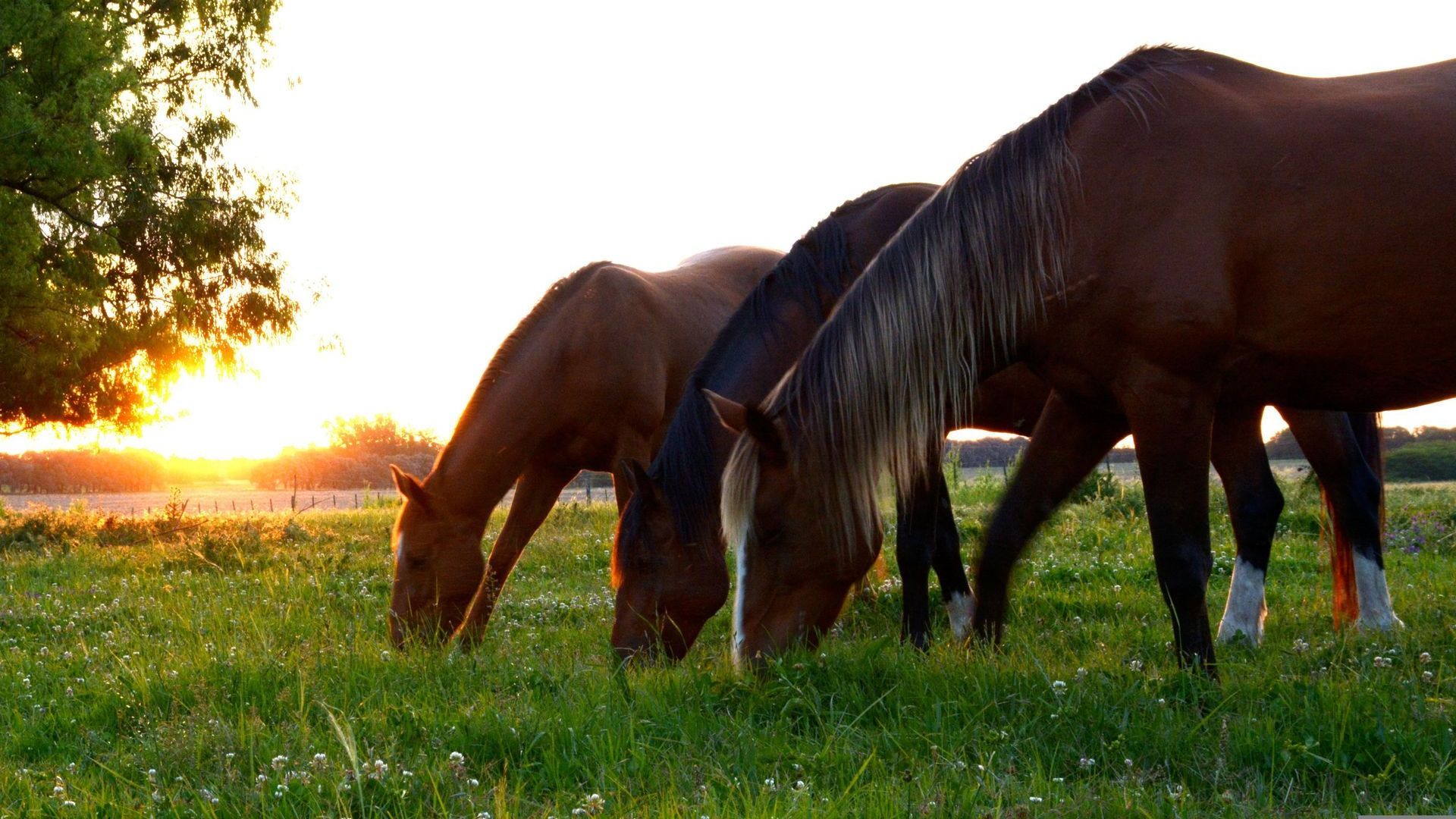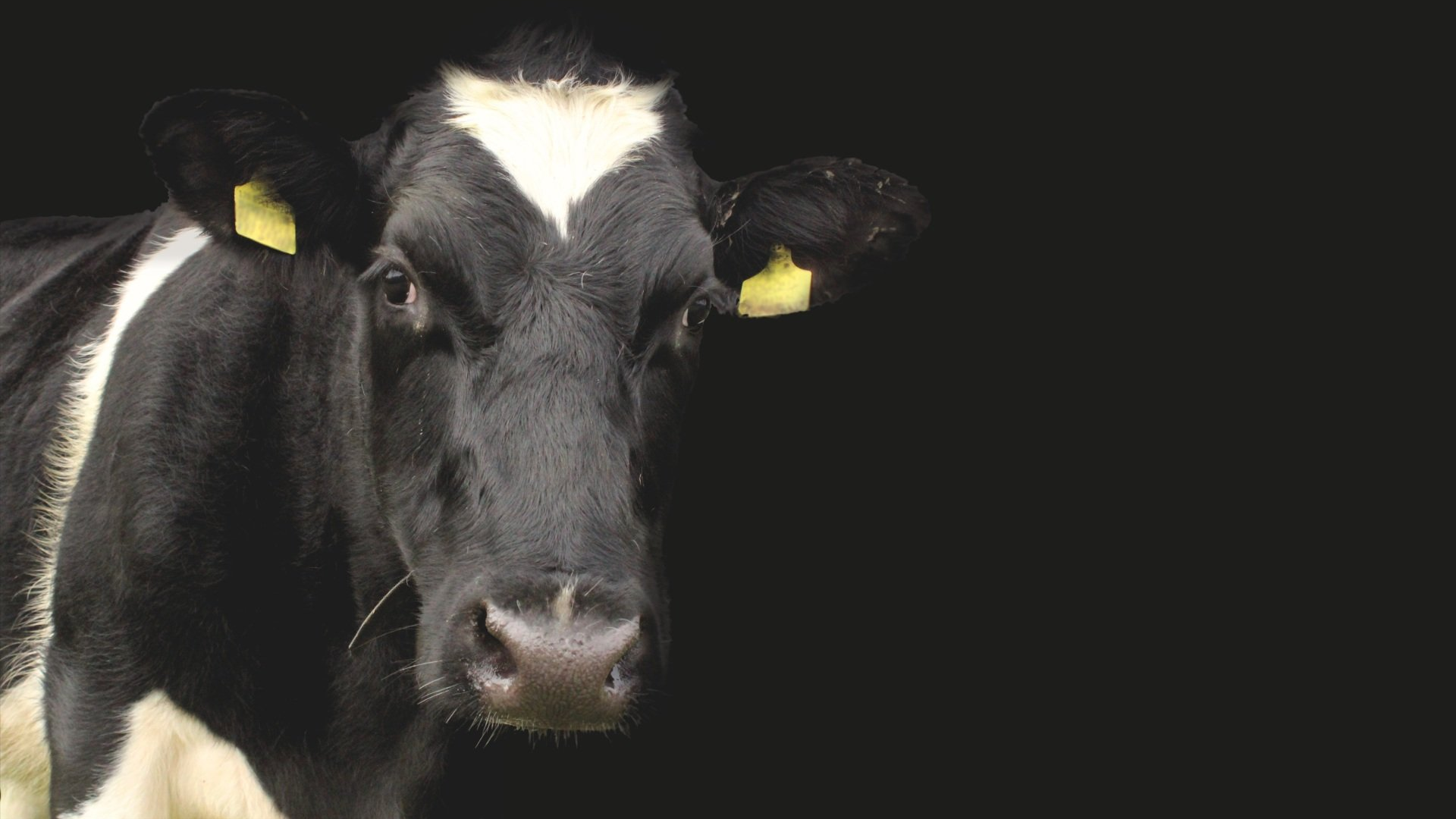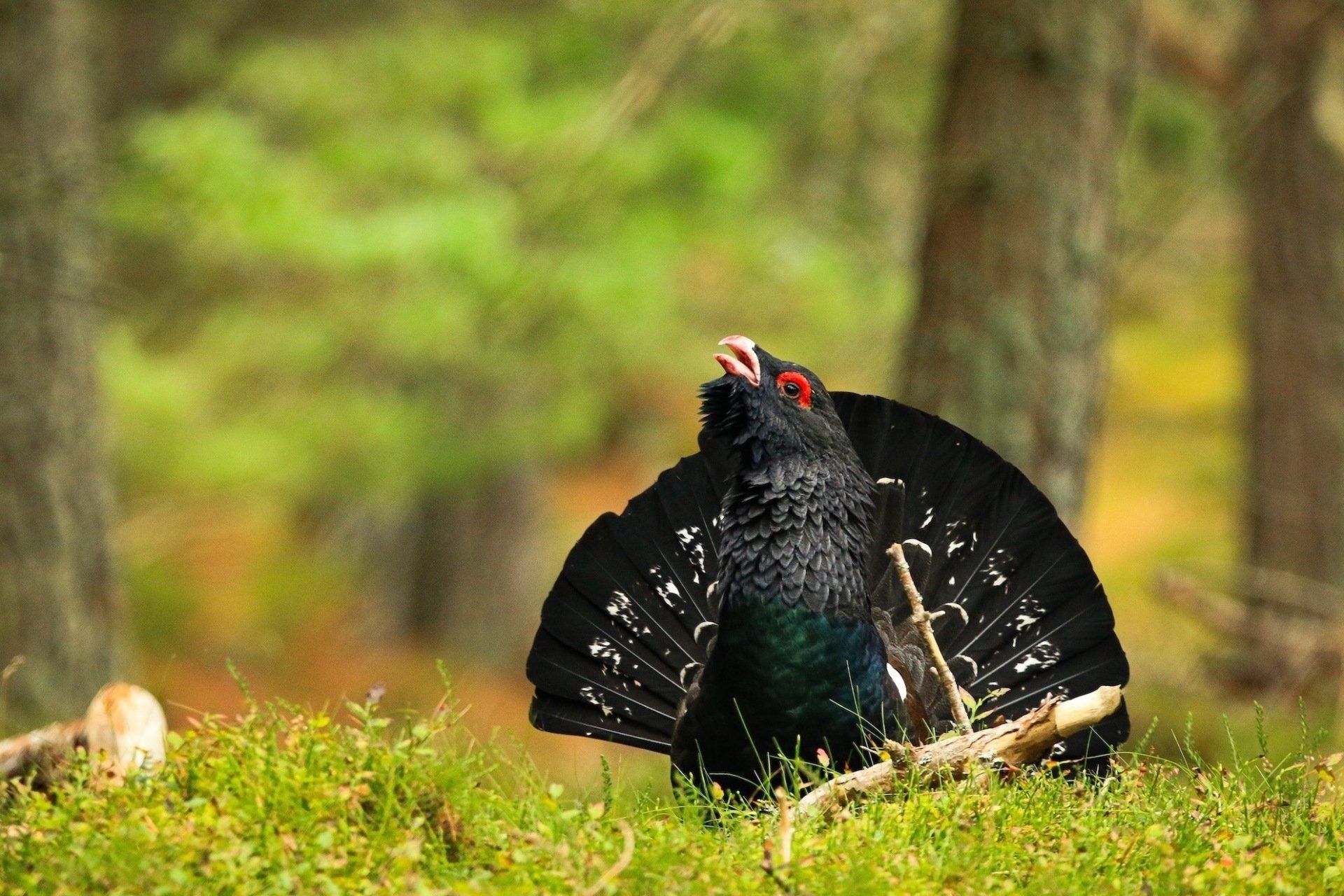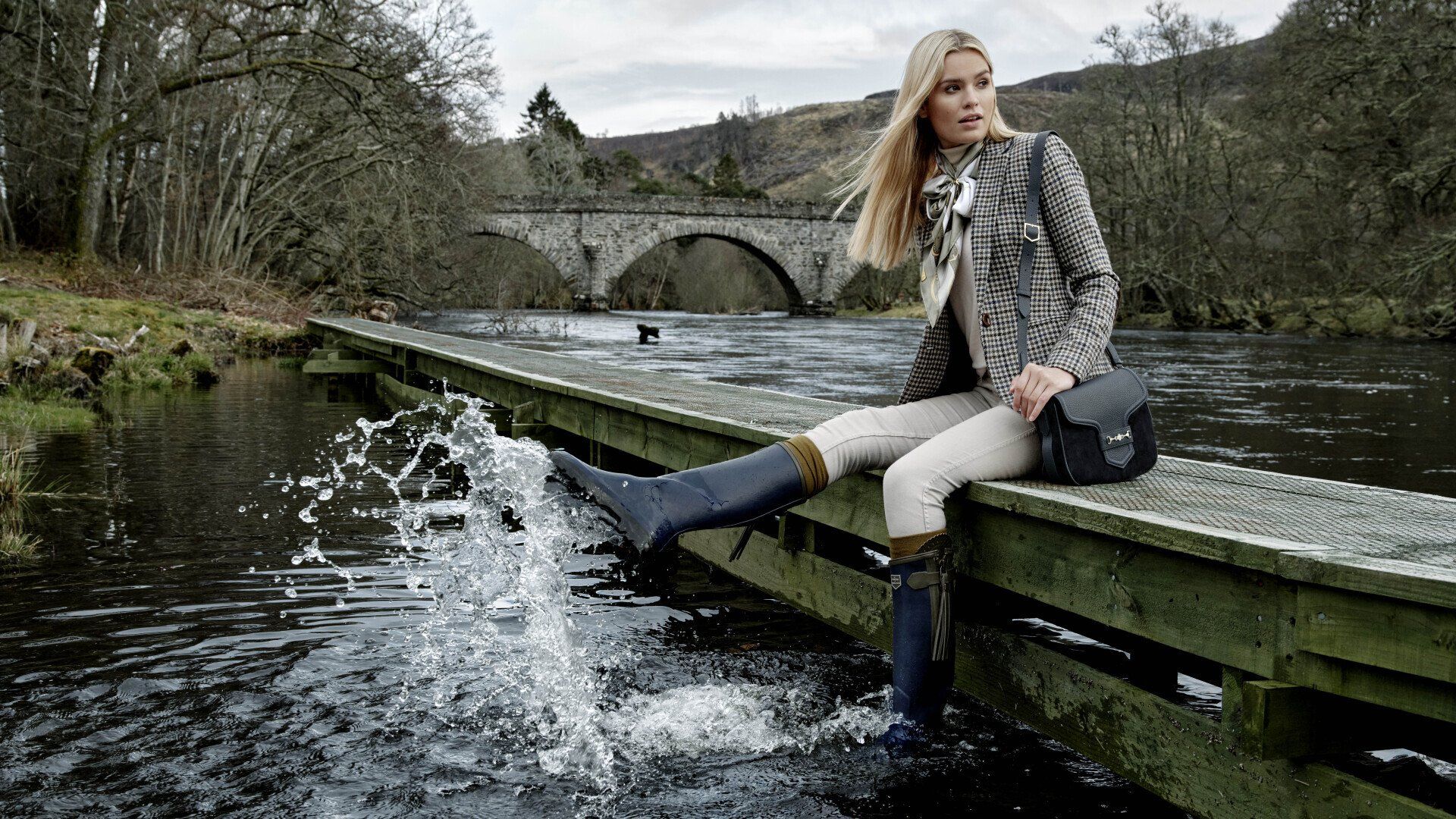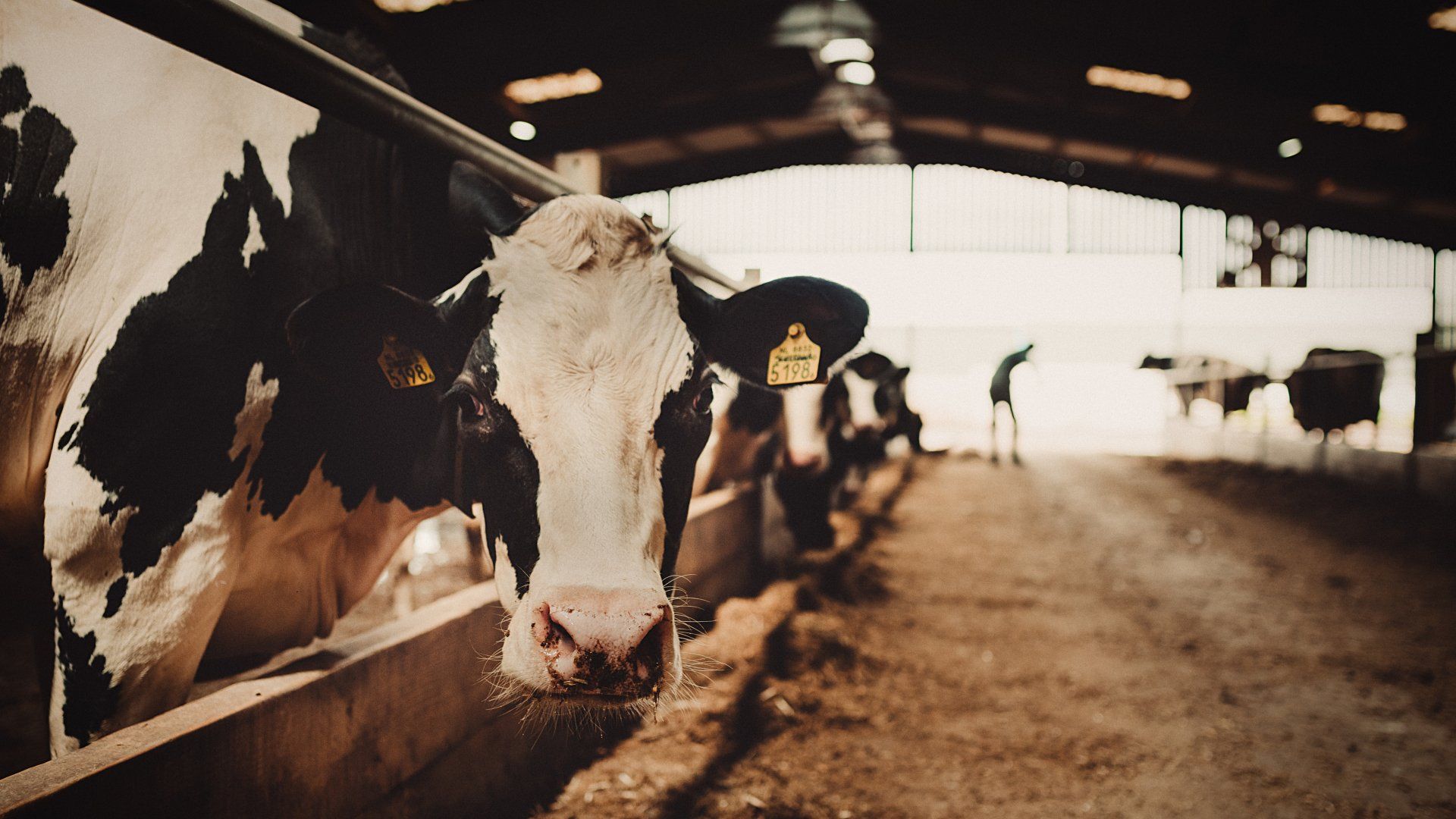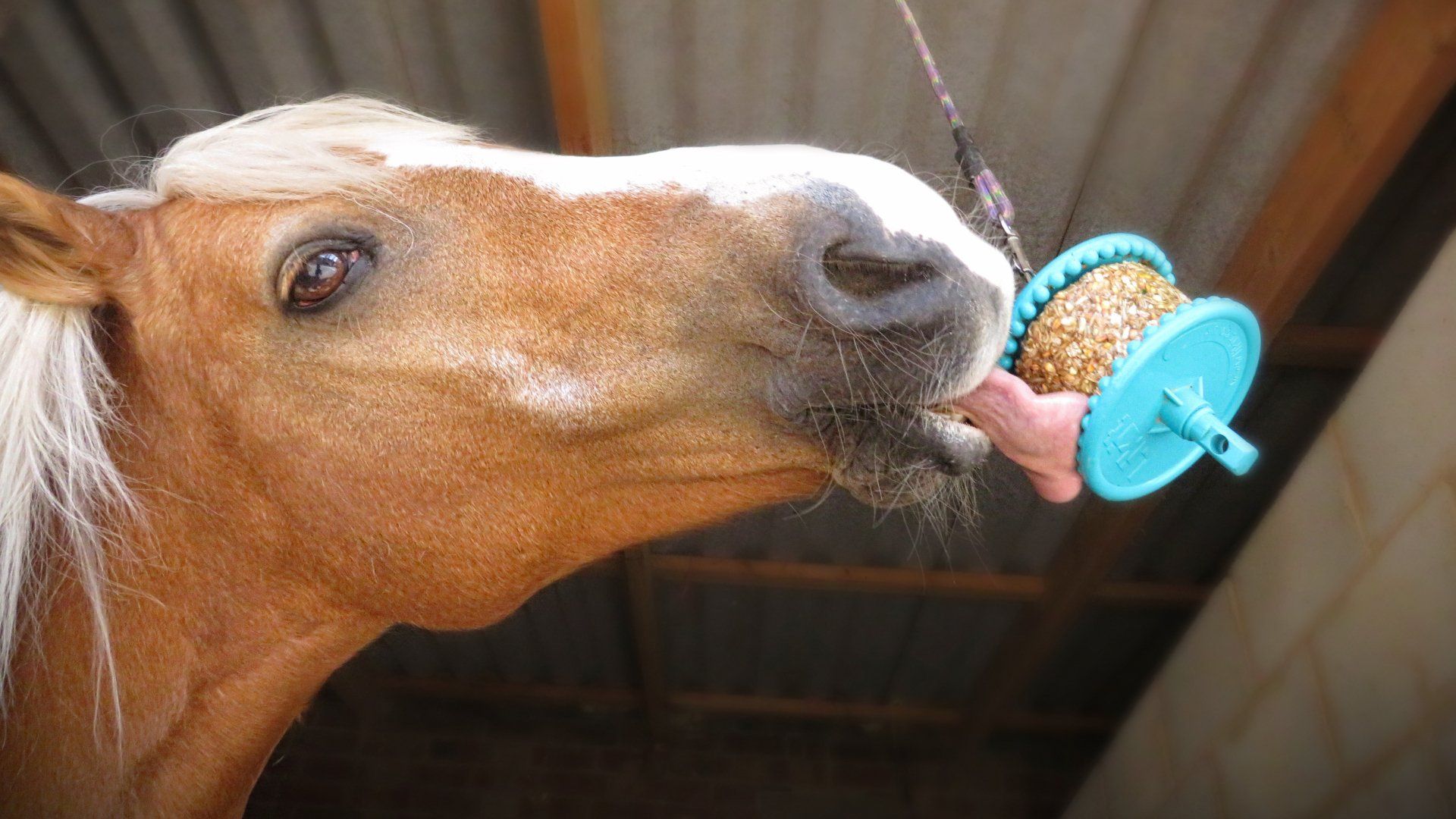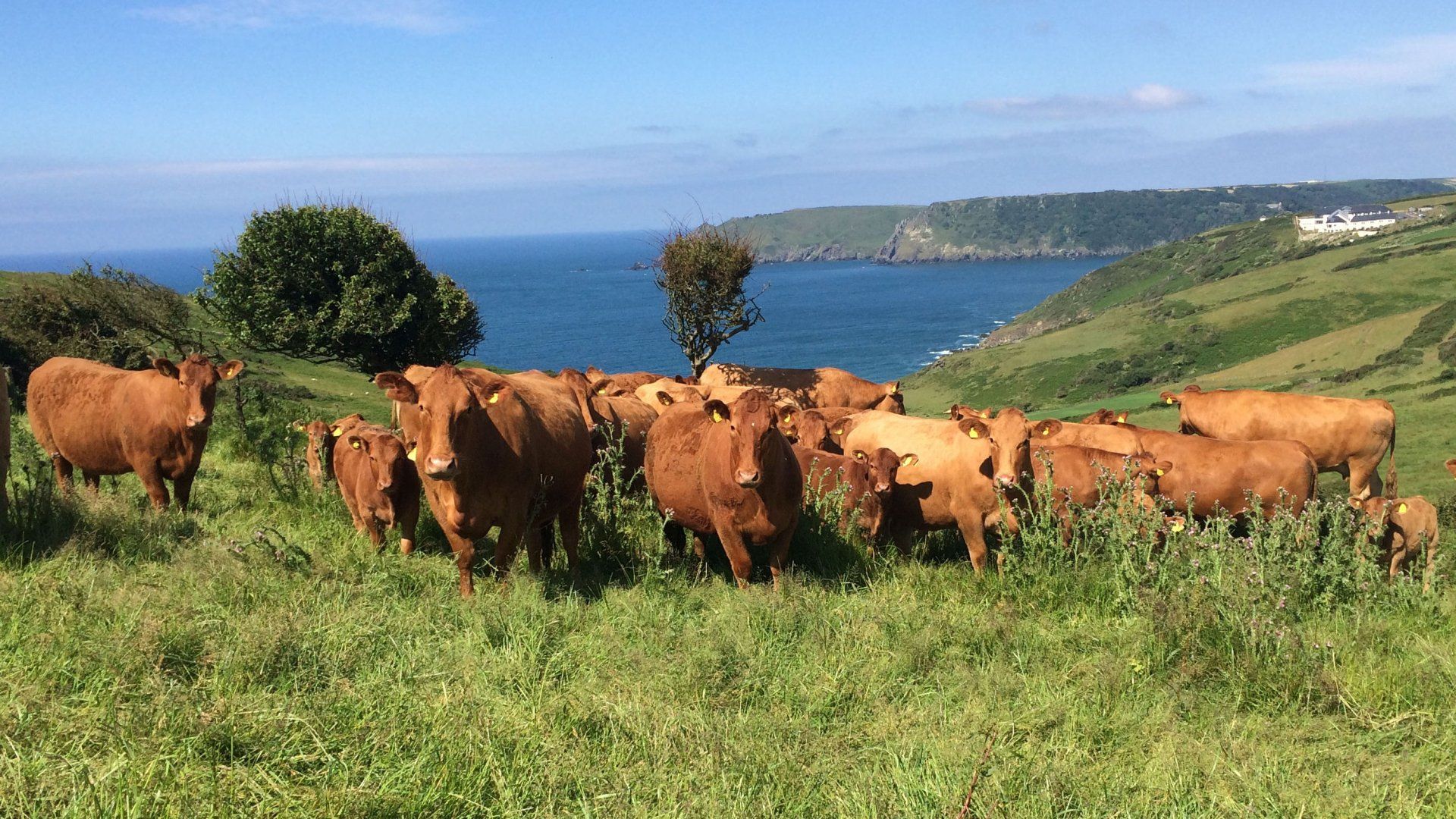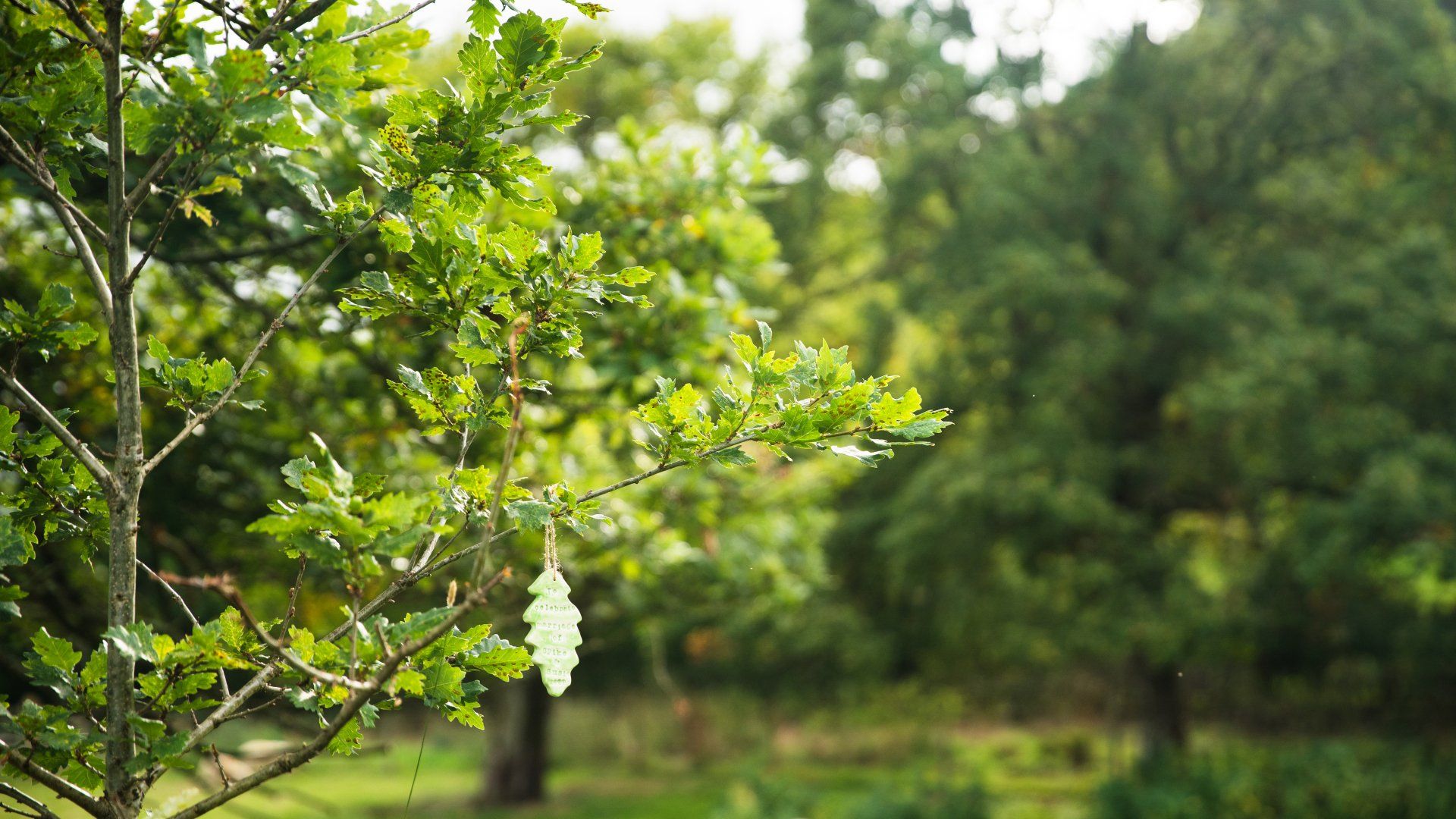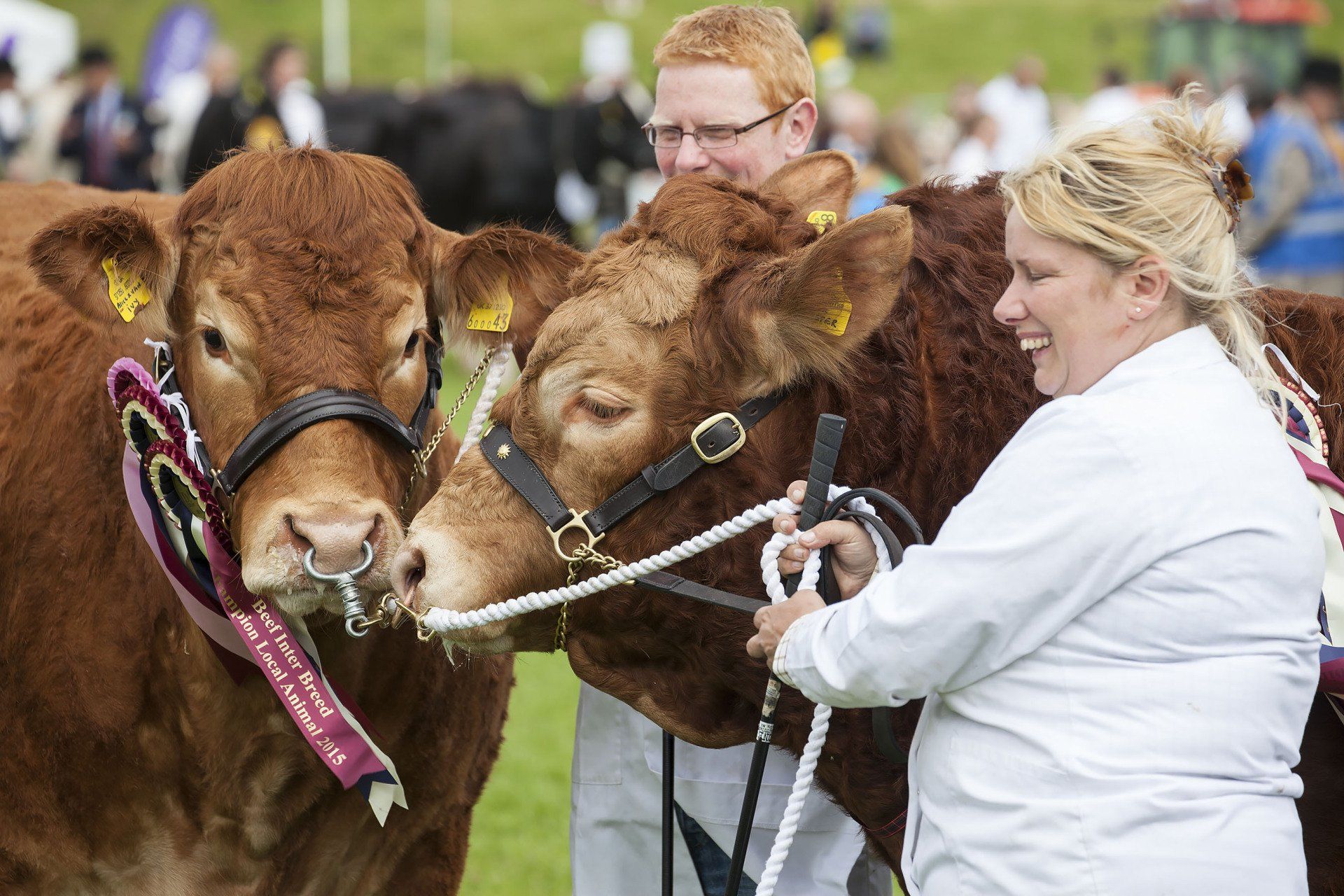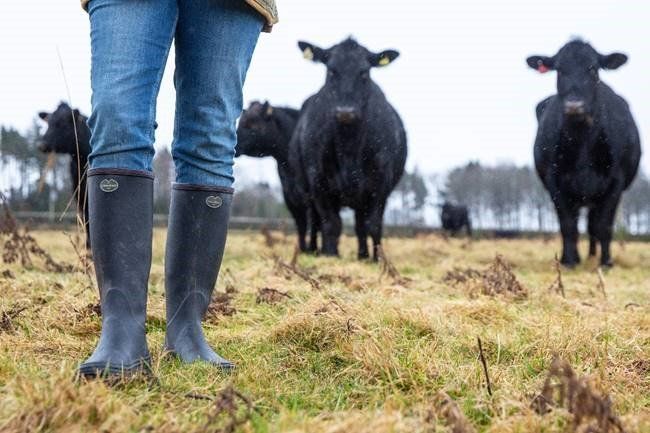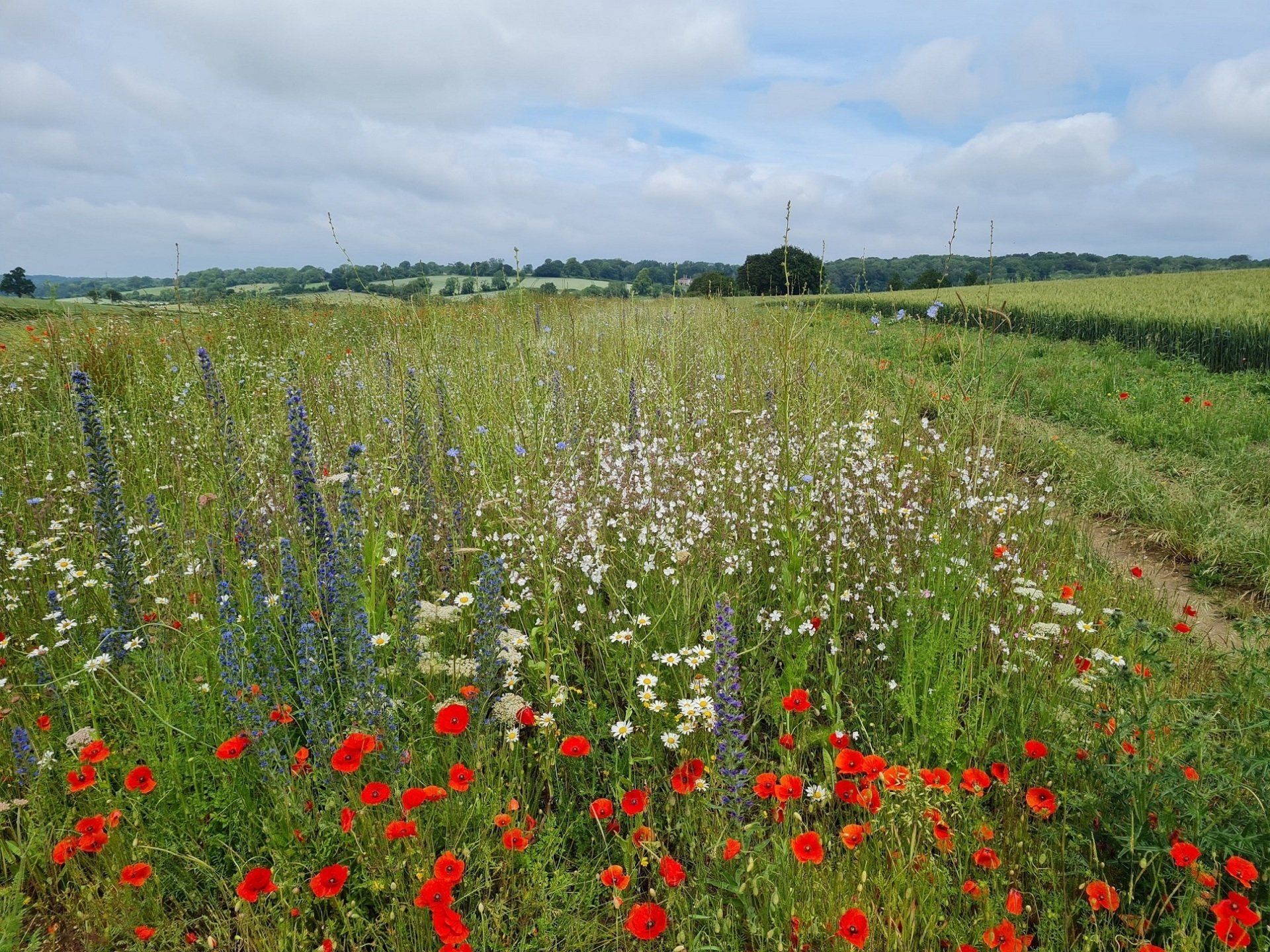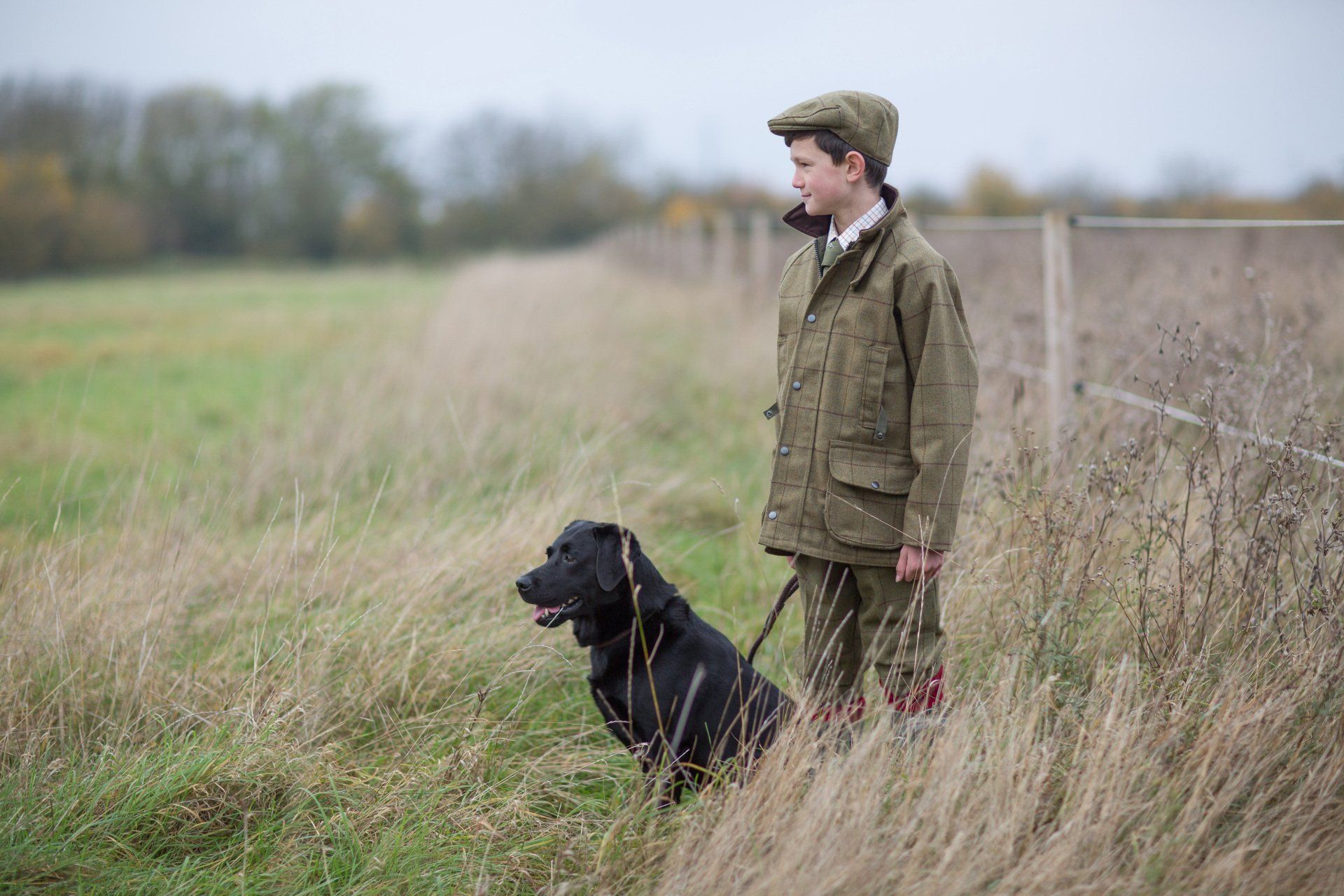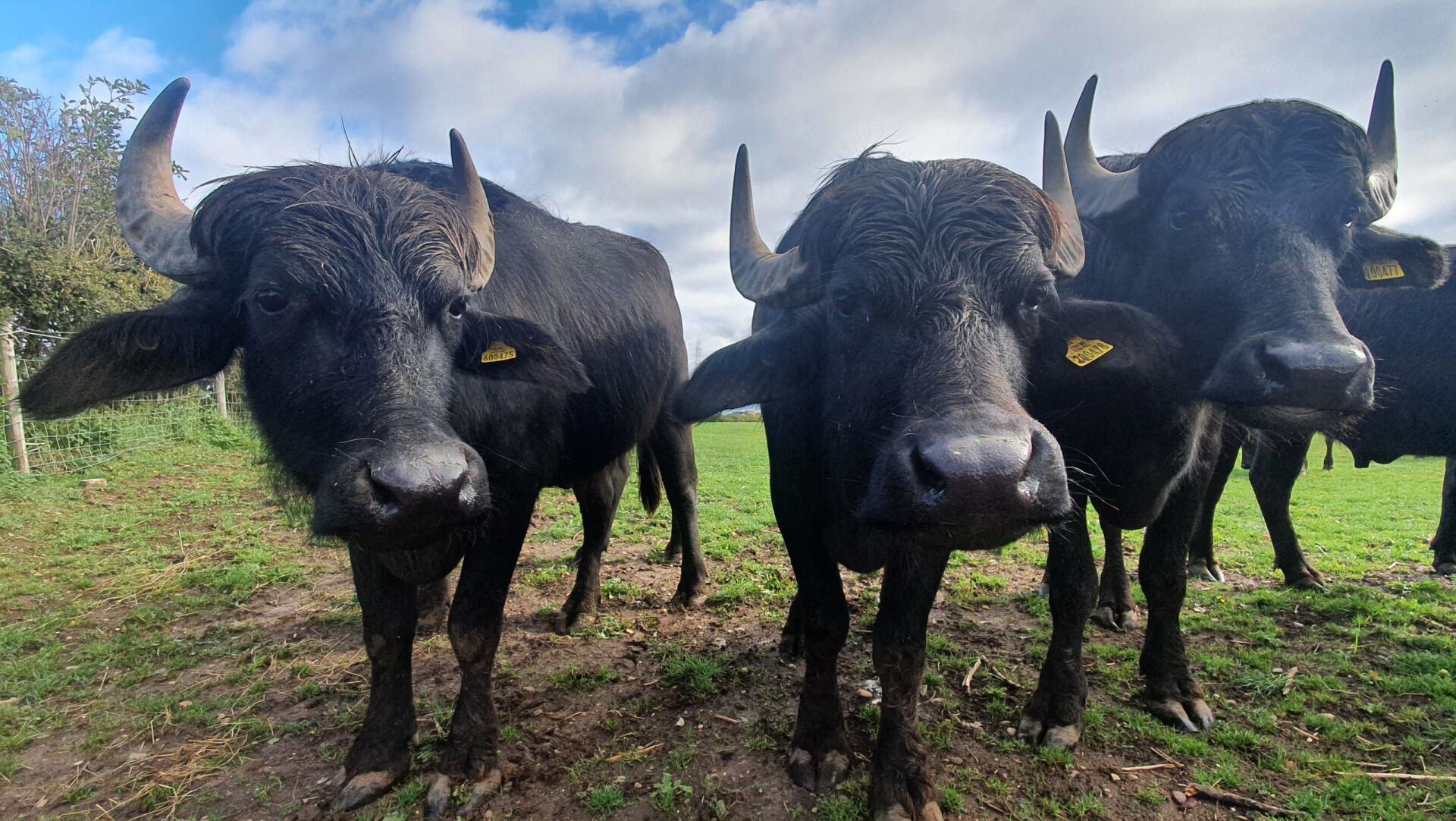Winter Wonders: Creating a Wildlife Haven in Your Garden
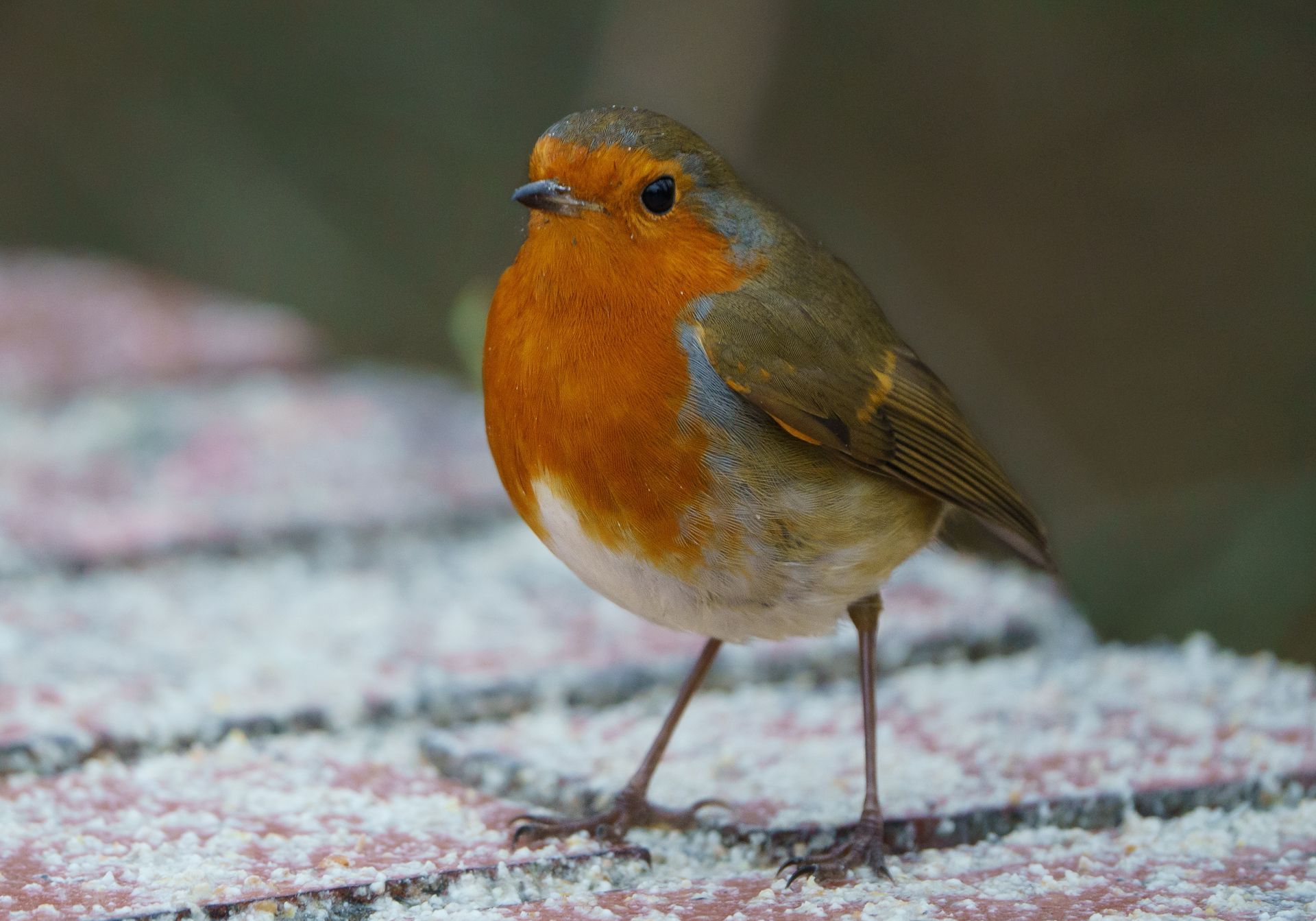
Winter weaves its unique magic in the garden, transforming it into a serene sanctuary. Many assume that the cold season signals a period of dormancy for wildlife, but in reality, it's a critical time for nurturing and supporting local fauna. Craft your garden into a haven that sustains and shelters wildlife during the chilly months and witness the wonders that unfold as you invite nature's guests to your backyard.
Embracing the Winter Wildlife Symphony
Amidst the frost-kissed flora and the soft blanket of snow, the garden comes alive with the bustling activities of winter wildlife. Providing food, shelter, and water during this season is paramount, as many creatures struggle to find these resources in natural habitats.
Planting for Nourishment
Berry-Bearing Shrubs: Incorporate shrubs like holly, cotoneaster, and firethorn, known for their berry production during the winter. These vibrant jewels not only add colour to your garden but also serve as crucial food sources for birds.
Seed-Producing Flowers: Leave seed heads on flowers like sunflowers, coneflowers, and black-eyed Susans. These seeds are a valuable food source for various birds, especially finches and sparrows.
Evergreen Trees and Hedges: Planting evergreens, such as pine, spruce, and yew, provides shelter throughout the year and safeguards birds from harsh winter conditions.
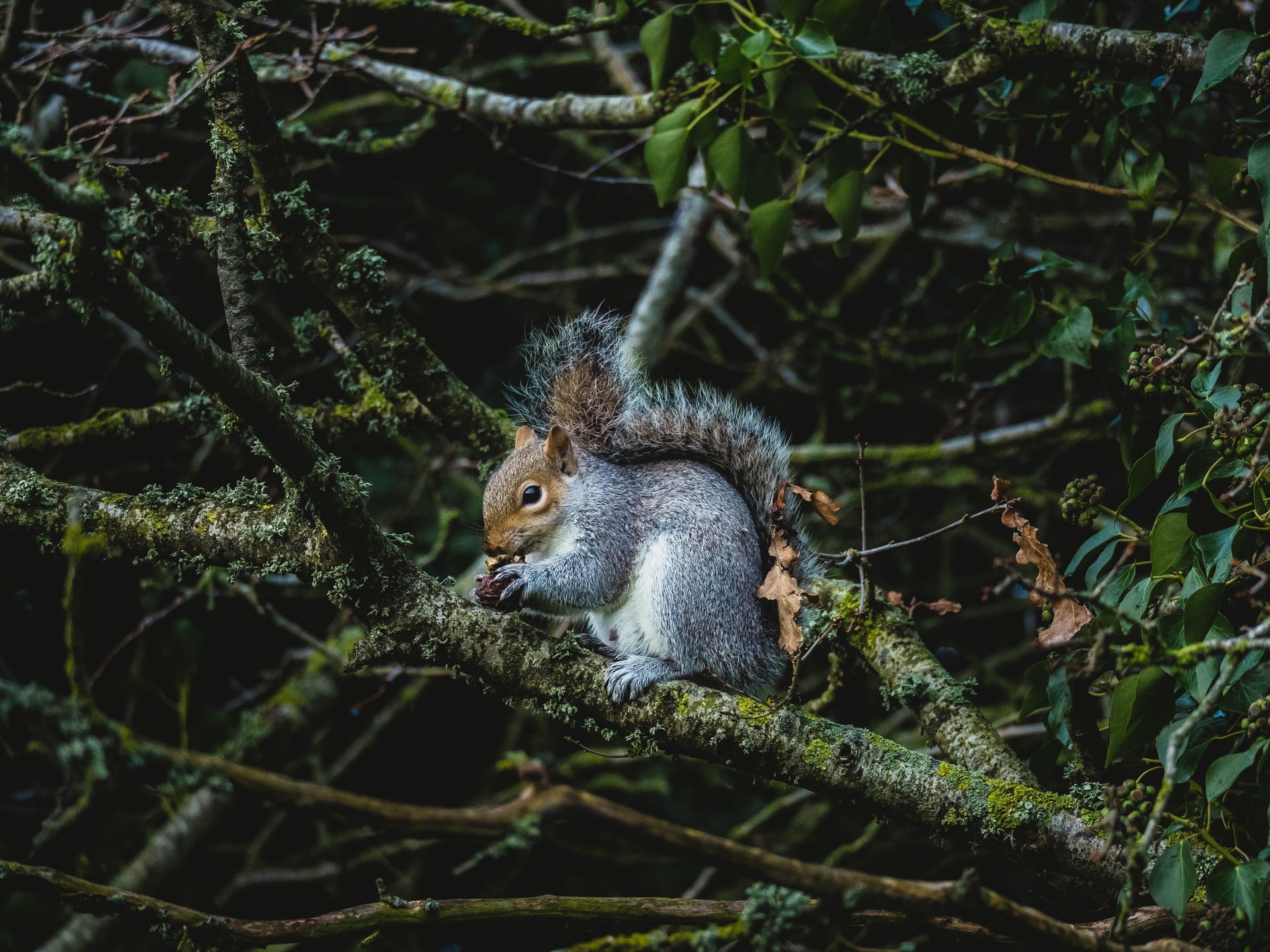
Bird-Friendly Feeders and Stations
Varied Feeds: Offer a diverse selection of bird feed in multiple feeders, including sunflower seeds, Nyjer seeds, suet, and mixed bird seed. These options cater to the preferences of different bird species visiting your garden.
Strategic Feeding Stations: Disperse feeding stations across the garden to prevent overcrowding, enabling various bird species to feed comfortably.
Provision of Fresh Water: Install a bird bath with a heater to offer unfrozen water. Hydration is as crucial in winter as in any other season, ensuring wildlife have access to necessary resources.
Shelter and Nesting Sites
Brush Piles and Woodpiles: Create shelter areas using fallen branches and woodpiles. These serve as hiding spots for smaller creatures and offer cover from predators. Wildlife-Friendly Habitats: Consider installing nest boxes, bee hotels, and hedgehog houses. These structures provide safe spaces for wildlife to rest, hibernate, and rear young.
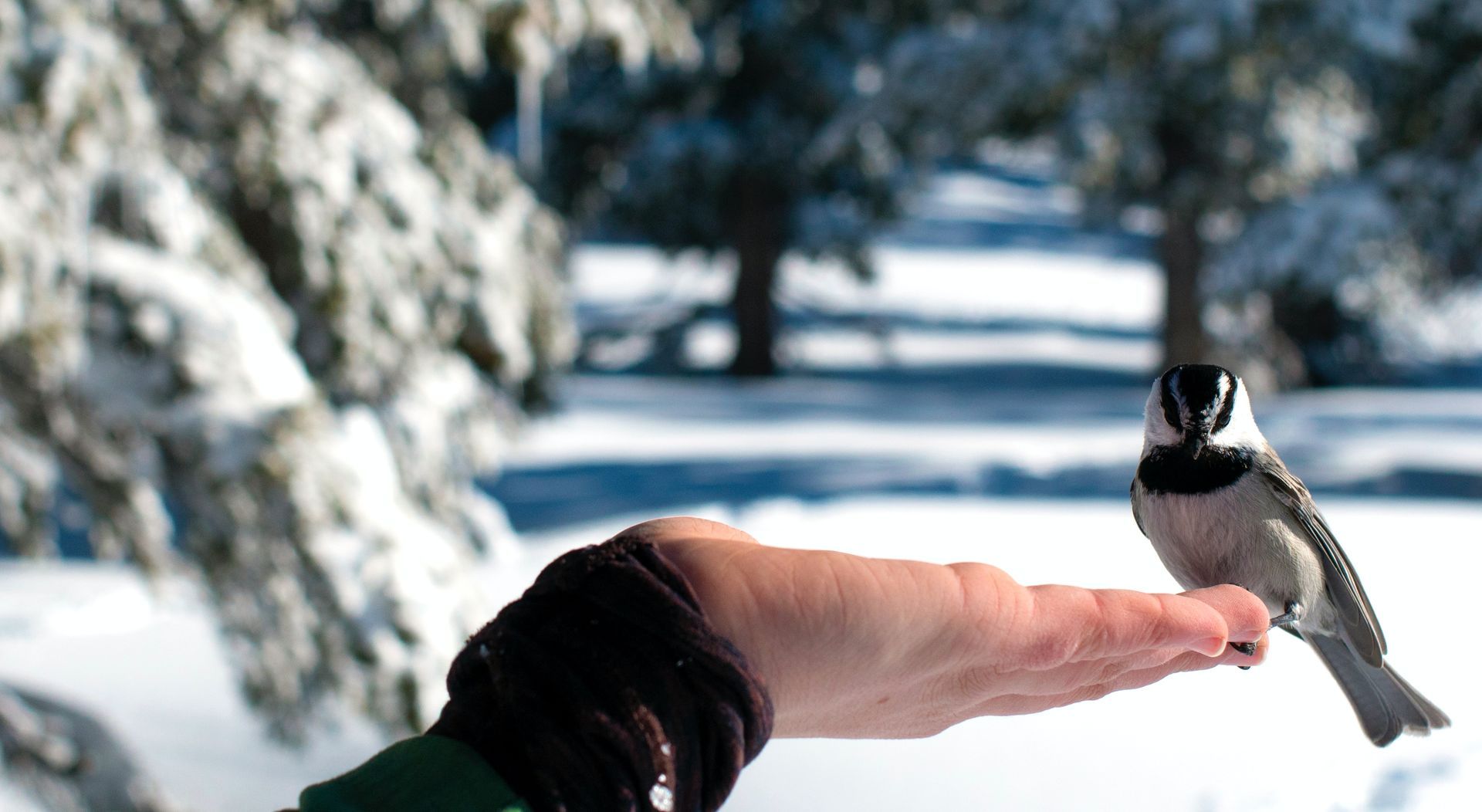
Minimising Garden Maintenance
Leaf Litter Preservation: Embrace a less meticulous approach to garden tidying. Leave leaf litter in corners or under shrubs, providing a haven for insects and small mammals. Pruning Delays: Delay pruning of certain trees and shrubs until spring to maintain cover and protection for wildlife.
Caring for Hedgehogs and Other Creatures
Hedgehog Highways: Create small openings or gaps in fences to enable hedgehogs and other small mammals to move freely between gardens, ensuring they can find necessary resources. Feeding and Hydration for Wildlife: Provide hedgehogs with specialised food (avoid milk) and fresh water to sustain them during hibernation.
Cultivating a Wildlife Oasis
Winter doesn’t signify a standstill in the circle of life; it's a period when wildlife relies on our support the most. By transforming our gardens into wildlife-friendly habitats, we play a pivotal role in conserving and nurturing local fauna during the colder months.
In conclusion, as winter paints the landscape in frosty hues, our gardens transform into vital sanctuaries for wildlife seeking sustenance and refuge. Craft a garden that welcomes and nourishes wildlife to enrich our outdoor spaces and significantly contribute to the health and survival of local ecosystems. Let us embrace this season by fostering a haven for the marvellous creatures that share our world.
Read more:
-
Winter Wonders: Creating a Wildlife Haven in Your Garden
Button -
The Shire Horse in Britain: A Fascinating History
Button -
Blossoming Dreams: A Guide to Winter Garden Planning for a Vibrant Spring
Button -
John Deere enrols 86 new agriculture, turf and parts apprentices
Button -
John Lewis Partnership announces partnership with WWF
Button -
The Enduring Legacy of Shooting Sports in the UK
Button -
How to Hack your way to Health
Button -
WARING BROOKE brings a ‘make-while-you-wait’ service to the high street
Button -
The UK Thrives Off Charity
Button -
The Art of the Handwritten Note
Button -
Best Heavyweight Turnout
Button -
New GR Sport II to take Toyota Hilux to new heights
Button -
24 hours in the lambing shed
Button -
Wonderful Grade II-Listed country house in Suffolk is your countryside dream: For sale £2,000,000
Button -
The true magnificence of Bovey Castle
Button -
“Without farmers and fishermen, there is simply no food”
Button -
Going back to its origins: World premiere of the all-new Toyota Land Cruiser
Button -
AGRIFEST RETURNS TO WESTPOINT ON NOVEMBER 8TH
Button -
BRITISH PLOUGHING IS A FAMILY AFFAIR
Button -
Alan Paine’s country wear Autumn | Winter 23 Collection
Button -
Estate’s Natural Burial Ground recognised as one of the best in the North West
Button -
Best wellies: 7 of the best Wellington Boots
Button -
Who are Haybrook & Co?
Button -
Illegal killing major cause of death in Hen Harriers
Button -
Discover Prestige Sporting
Button -
Ban foreign soil imports to help save British wildlife
Button -
Historic Cornish Estate with Georgian Manor House, 233 acres and Cross Country Course, Available for the First Time in 99 Years!
Button -
RBST Watchlist 2023
Button -
The Game Fair celebrates 65th anniversary this year
Button -
Scientists weed out harmful genes to breed better potatoes
Button -
How observing the wandering twilight flights of woodcock will help inform conservation policy for Red-listed bird
Button -
National Trust calls on its 100-strong mowing team to help boost nature in landscape scale project
Button -
BRITISH HORSE FEEDS SPONSOR TROT UP AT BLENHEIM PALACE INTERNATIONAL HORSE TRIALS
Button -
THE GAME FAIR SET TO SHOWCASE MINORITY BREED GUNDOGS IN AN EXCITING NEW COMPETITION
Button -
JOULES RETURNS TO BADMINTON HORSE TRIALS
Button -
THE COUNTRY DUCK CO
Button -
BIG PLANS AFOOT FOR DEVON COUNTY SHOW 2023
Button -
Badminton Horse Trials: From Royals to Thrills
Button -
A day in the life of a fly fishing instructor
Button -
Are meat boxes the sustainable future of farming?
Button -
Training your Gundog puppy
Button -
Bicton Arena
Button -
Handcrafted Traditional Walking sticks by Nick Croxall
Button -
Spring Feeding and Preventing Laminitis
Button -
INTRODUCING WEST LONDON SHOOTING SCHOOL
Button -
THE RICH AND ILLUSTRIOUS SANTA ANA GIN
Button -
“Food Means Different Things To Different People”
Button -
AW22 by sustainable knitwear brand Waring Brooke
Button -
GIVE YOURBEST FRIEND AN EXTRA LAYE OF WARMTH AND STYLE
Button -
THE LADIES MACNAB CHALLENGE
Button -
BUYING YOUR FIRST GUN WITH WILLIAM EVANS
Button -
RHUG ESTATE: THE SUSTAINABLE WAY
Button -
THE EXTINCTION CLOCK APPROACHES MIDNIGHT FOR SCOTLAND’S CAPERCAILLIE
Button -
FAIRFAX & FAVOR X LE CHAMEAU: L ’Alliance
Button -
RIGBY UNVEILS NEW LIMITED EDITION FALLING BLOCK RIFLE
Button -
GWCT ‘HONOURED’ AS HRH THE PRINCE OF WALES TAKES ON PATRONAGE HELD BY HIS FATHER FOR 48 YEARS
Button -
JOIN JOHN RIGBY & ACO. AT THE GAME FAIR 2022
Button -
TEAM ENGLAND CLAIMS THE CROWN IN A THRILLING FOUR NATIONS INTERNATIONAL GUNDOG COMPETITION
Button -
TOP DOG: DAVE KEMP INTERVIEW
Button -
BOVINE TB: A POLITICAL DISEASE
Button -
NEOS GRENADIER STARTS AT JUST £49,000
Button -
THE COUNTRY FOOD TRUST UKRAINE APPEAL
Button -
COWDRAY PARK POLO CLUB ANNOUNCES EXCLUSIVE PARTNERSHIP WITH NO.3 GIN
Button -
DOES YOUR HORSE NEED A DISTRACTION?
Button -
BOSS & CO REIMAGINES ITS FAMOUS SIDE-BY-SIDE SHOTGUN
Button -
THE GAME FAIR GEARS UP FOR A CELEBRITY SUMMER WITH JB GILL, AMANDA OWEN AND JAMES MARTIN
Button -
BE PART OF HISTORY AT THIS YEAR’S FAIRFAX & FAVOR ROCKINGHAM INTERNATIONAL HORSE TRIALS
Button -
GIFT A PIONEERING SPIRIT, THIS FATHER’S DAY WITH BUSHMILLS
Button -
THE RSPB CALLS FOR EVERYONE TO JOIN THE WILDLIFE-PLANTING REVOLUTION
Button -
THE GAME FAIR PARTNERS WITH WOODLAND TRUST ON LARGE-SCALE TREE-PLANTING TARGET
Button -
FROM PUPPY TO PEG: WOODCOTES GUNDOGS
Photo by: John DoeButton -
OFFICIAL CHARITIES ANNOUNCED FOR 2022 ROYAL CORNWALL SHOW
Button -
SOUTH DEVONS NATIONAL SHOW TO BE HELD ON HOME TURF AT DEVON COUNTY SHOW 2022
Button -
LONGTHORNE TITANIUM BARRELS, ANOTHER WORLD FIRST
Button -
BOWMORE® MASTERS’ SELECTION UNITES THE WORLDS OF WHISKY MAKING AND AUTOMOTIVE DESIGN
Button -
RSPB CREATES NEW CELEBRATION WOOD IN LAKE DISTRICT NATIONAL PARK
Button -
WILD BOY TURNED WINE MAN CREATES ART YOU CAN DRINK
Photo By: John DoeButton -
BOVEY CASTLE: THE ALL-YEAR ROUND COUNTRY ESCAPE
Button -
PUB IS THE HUB SUPPORTS WELSH PUBS TO OFFER NEW ESSENTIAL SERVICES AFTER AWARDED NEW £25K GRANT
Button -
JOHN DEERE AND XARVIO® DIGITAL FARMING SOLUTIONS WORK TOGETHER
Button -
MORRISONS TRIALS SEAWEED ANIMAL FEED FOR MORE CLIMATE-FRIENDLY COWS
Button -
Mole Valley Farmers Headline Sponsorship of Devon County Show
Photo By: John DoeButton -
NUTRITION FOR DOGS: BY ZOE RUSSELL, NUTRITIONAL OFFICER FOR SKINNER’S
Button -
LE CHAMEAU RAISES OVER £28,000 FOR THE PRINCE’S COUNTRYSIDE FUND THROUGH ‘IMPERFECTS’ INITIATIVE
Button -
DEFRA-APPROVED 10-YEAR WILDLIFE PLOT MIX WILL HELP FARMERS MAKE SPACE FOR NATURE
Button -
VALTRA'S NEW N SERIES AND T SERIES TRACTORS
Photo By: John DoeButton -
MATTWELLYN WATER BUFFALO
Button
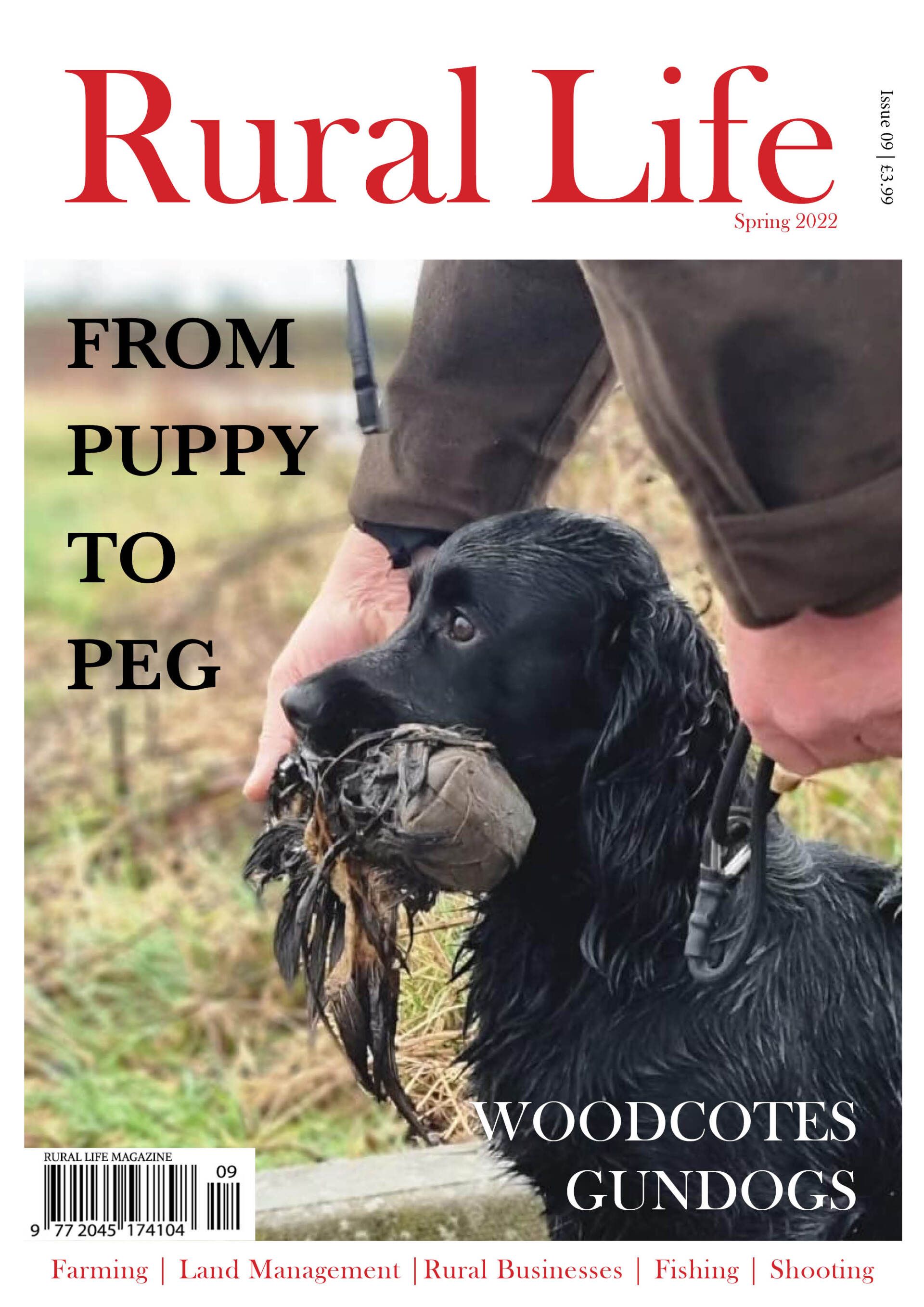
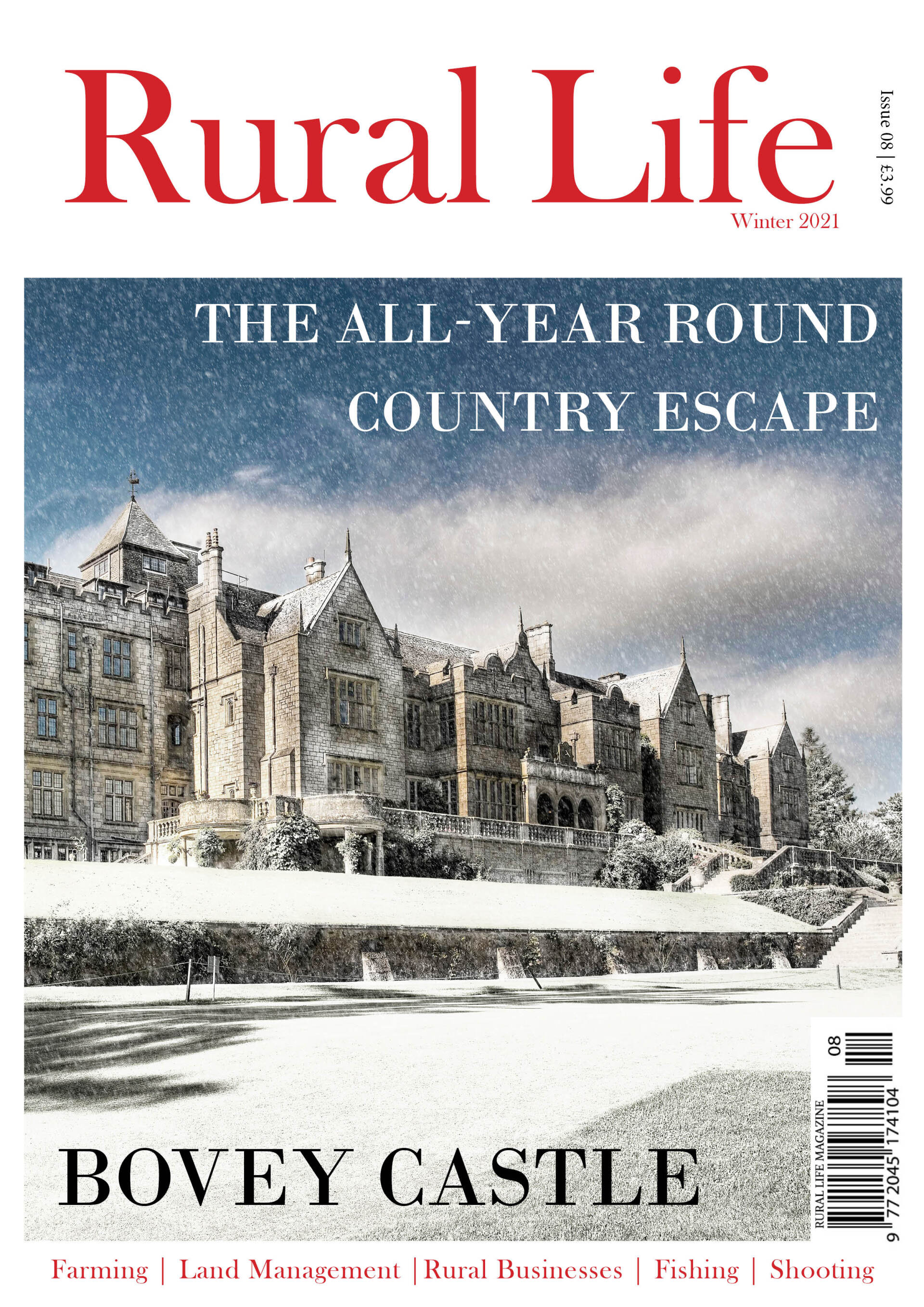
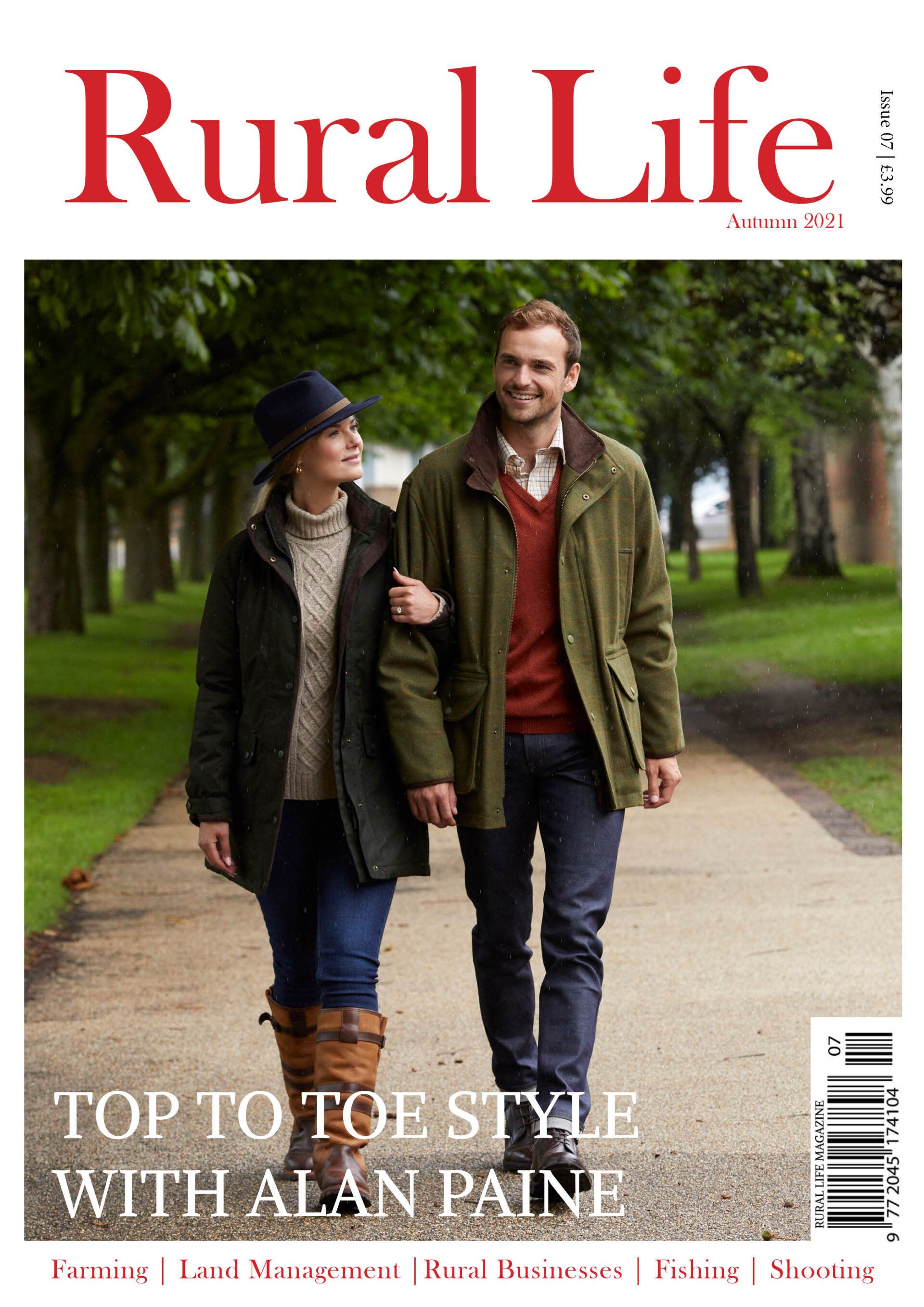
Contact Us
Contact Us
Thank you for contacting us.
We will get back to you as soon as possible
- Rural Life
Please try again later

